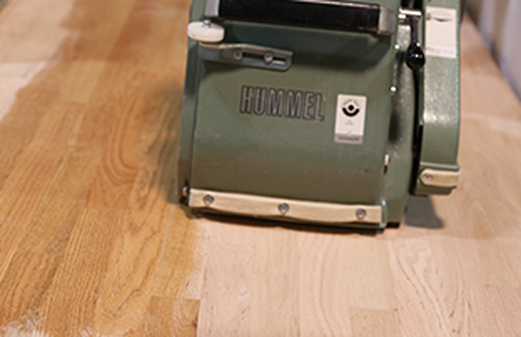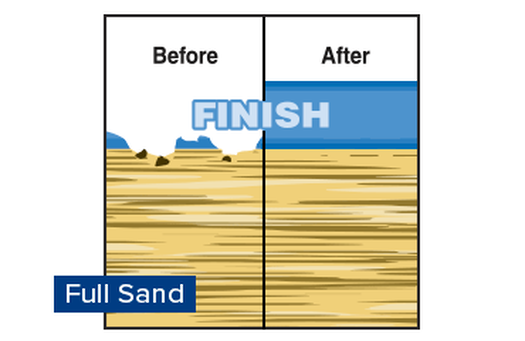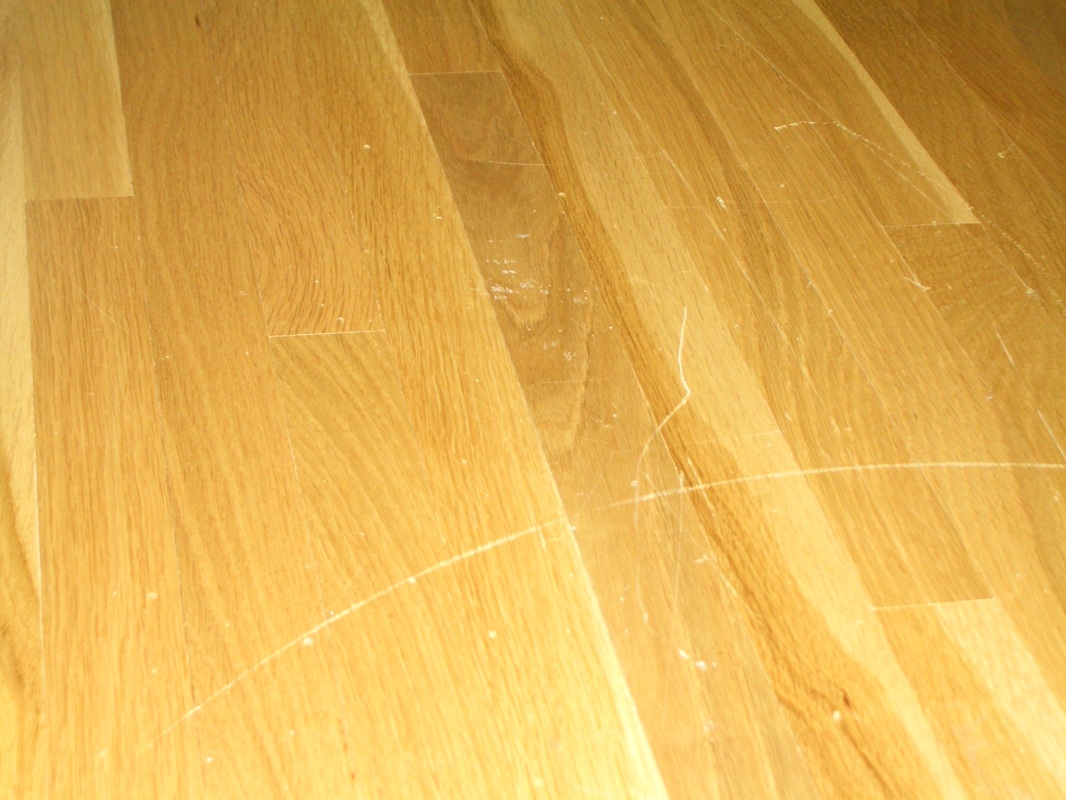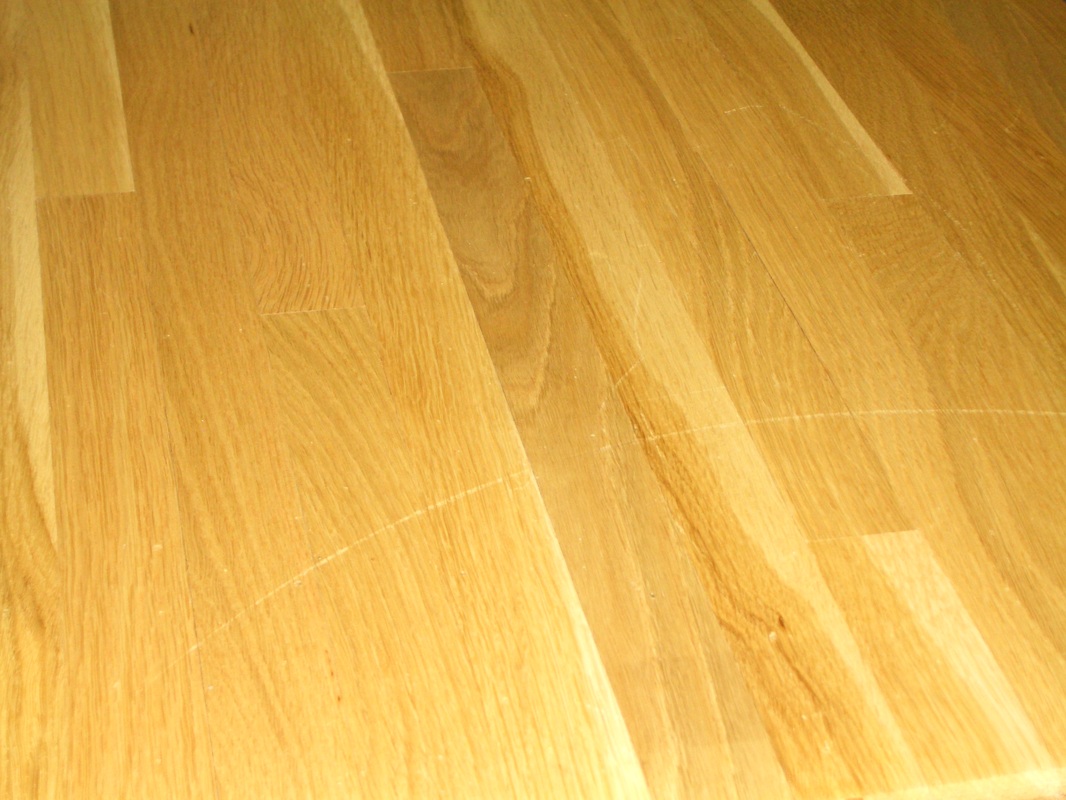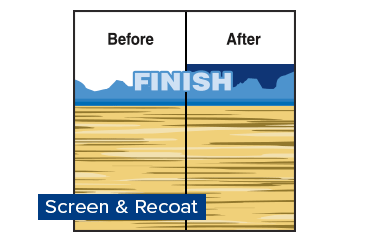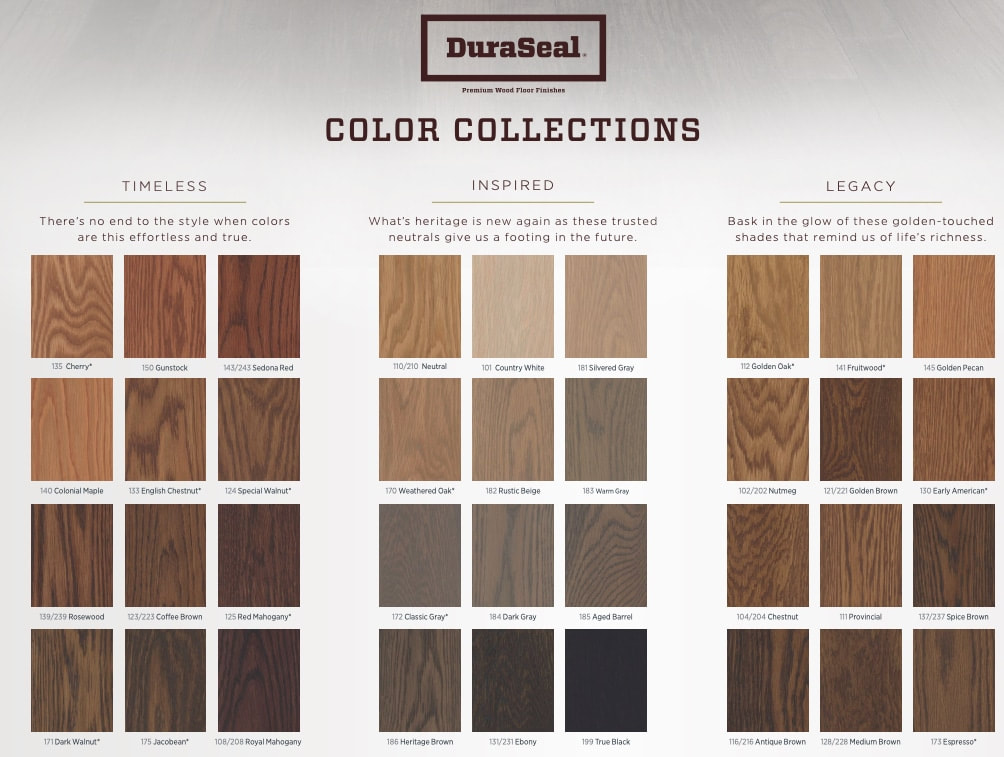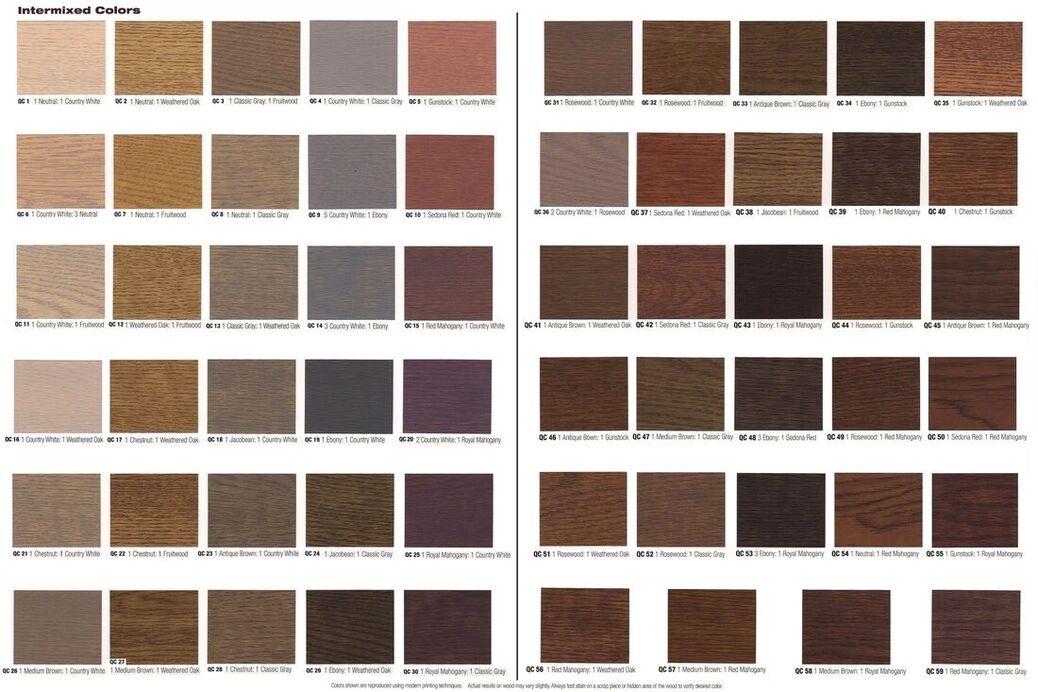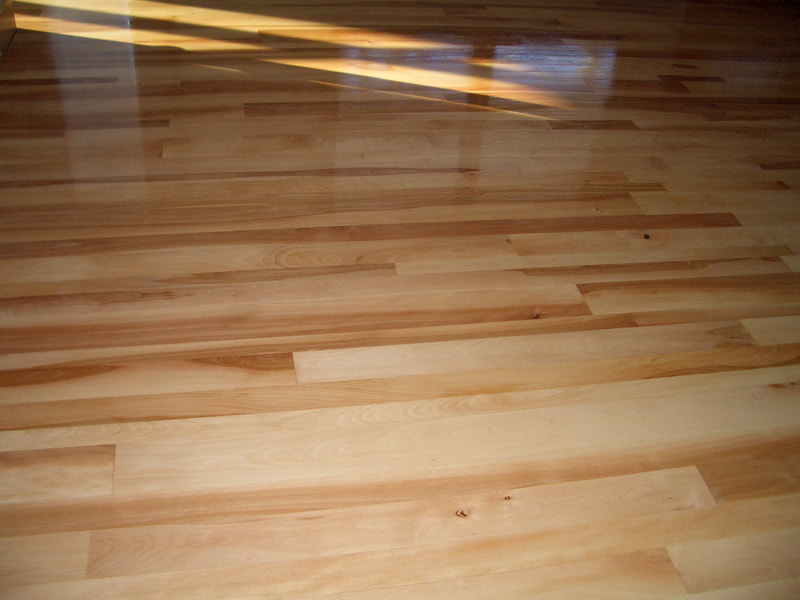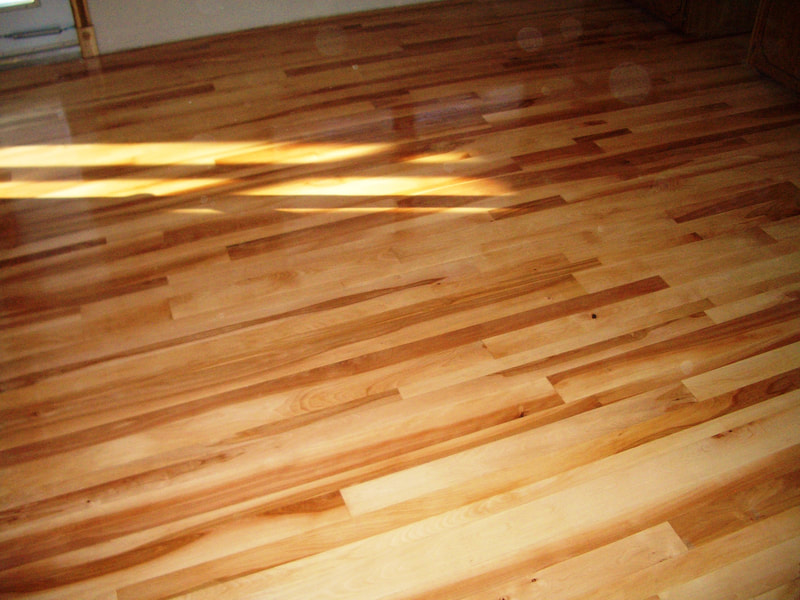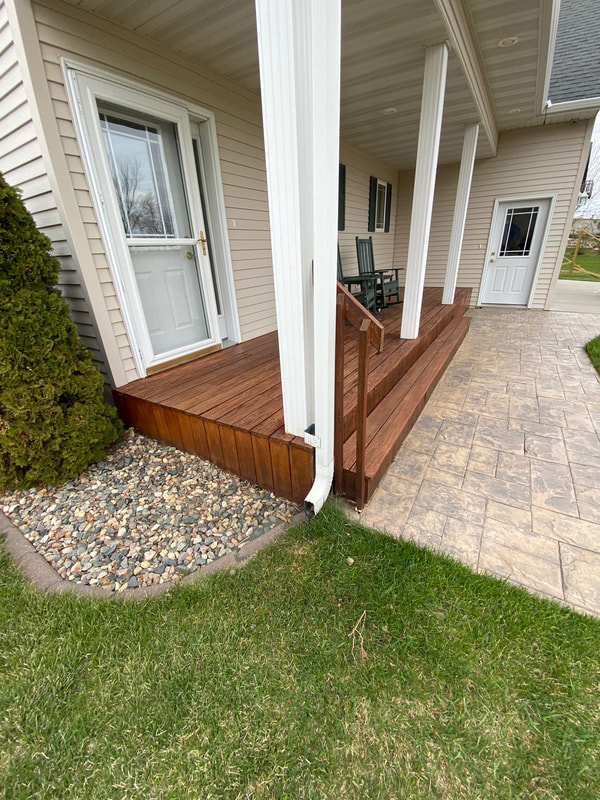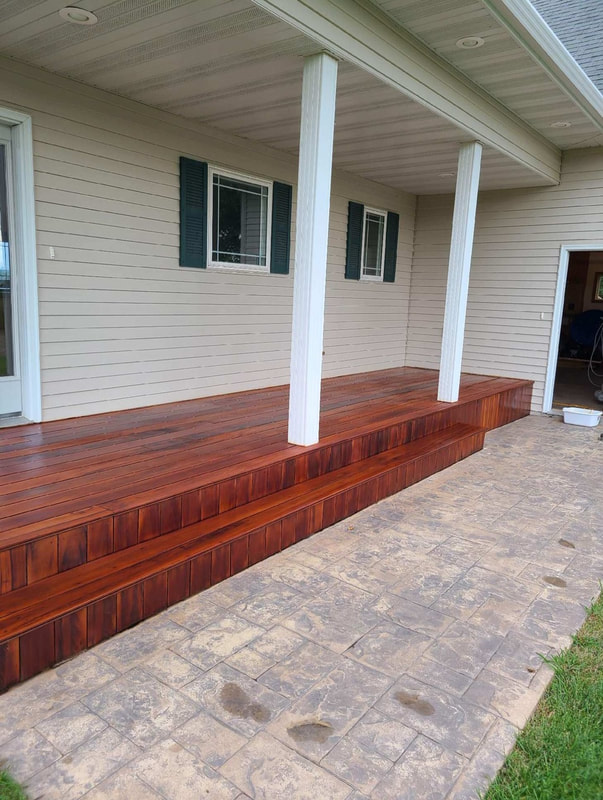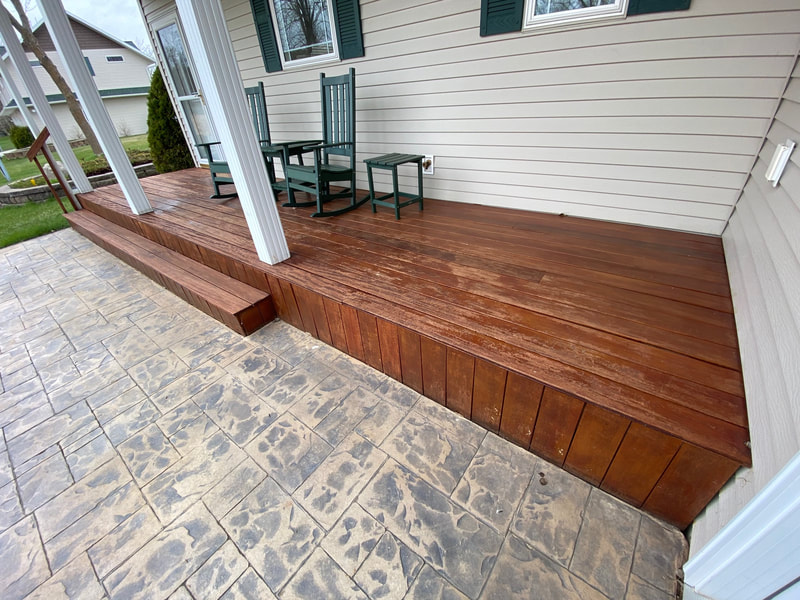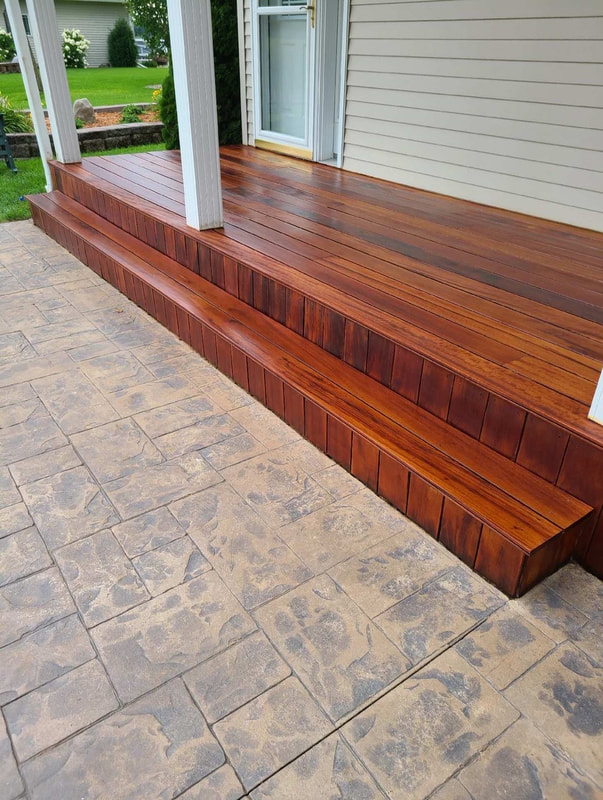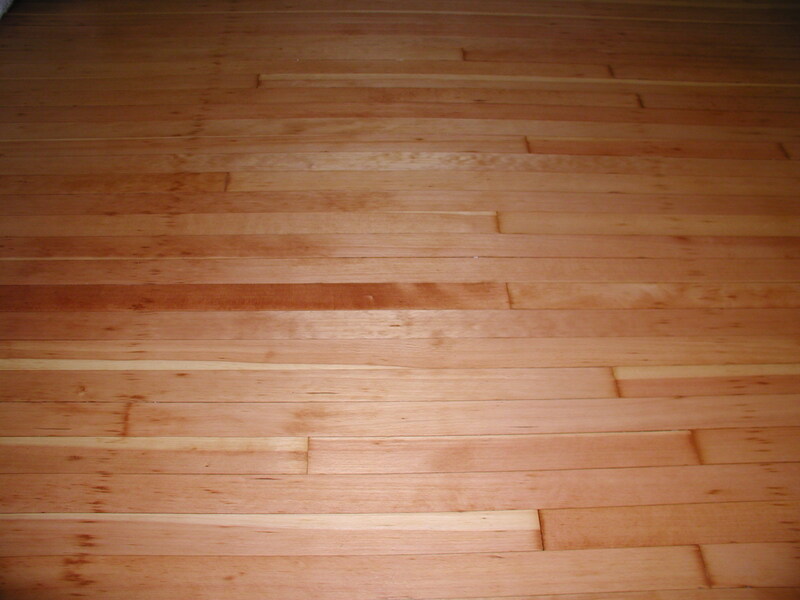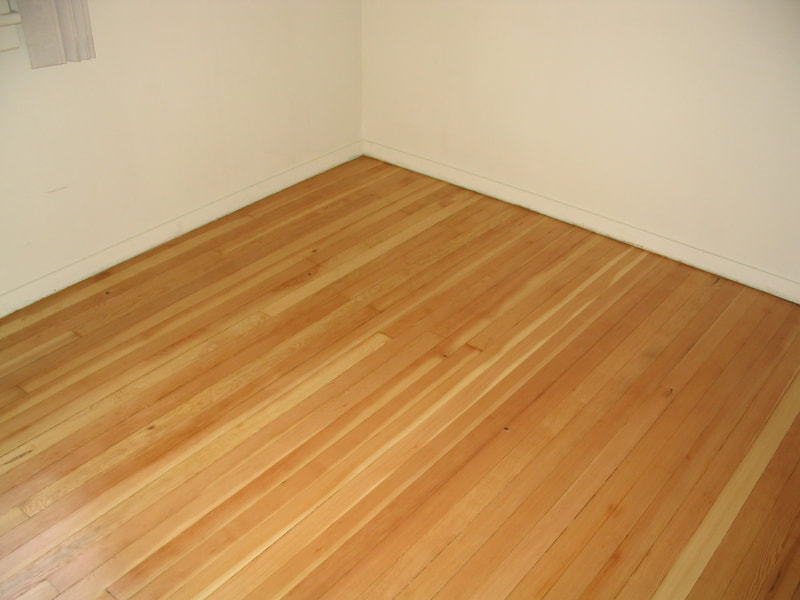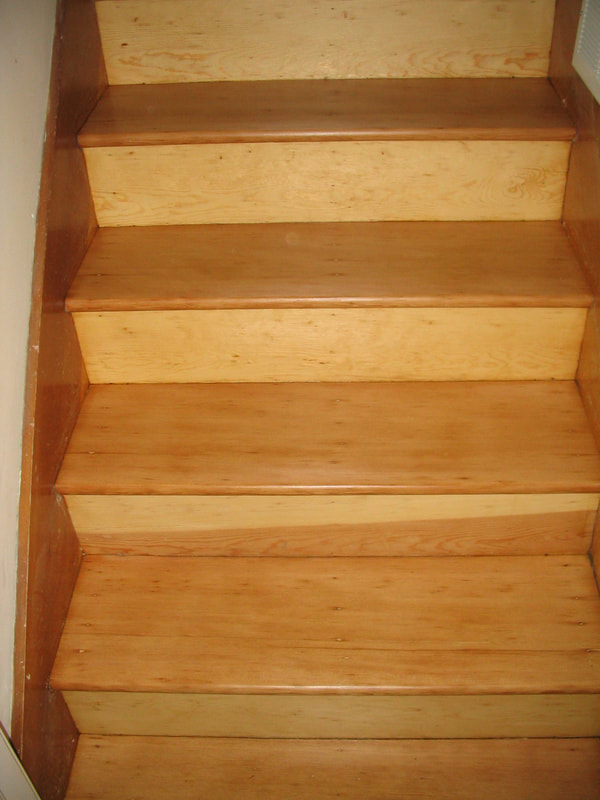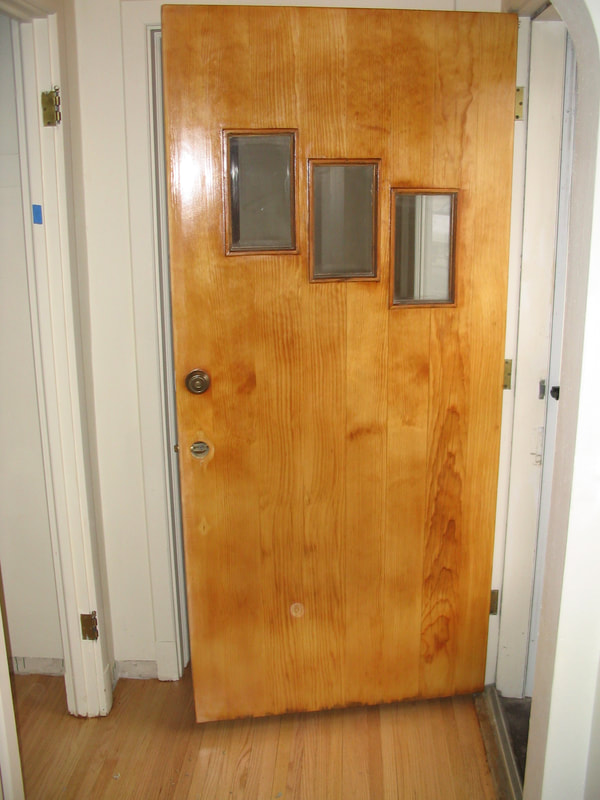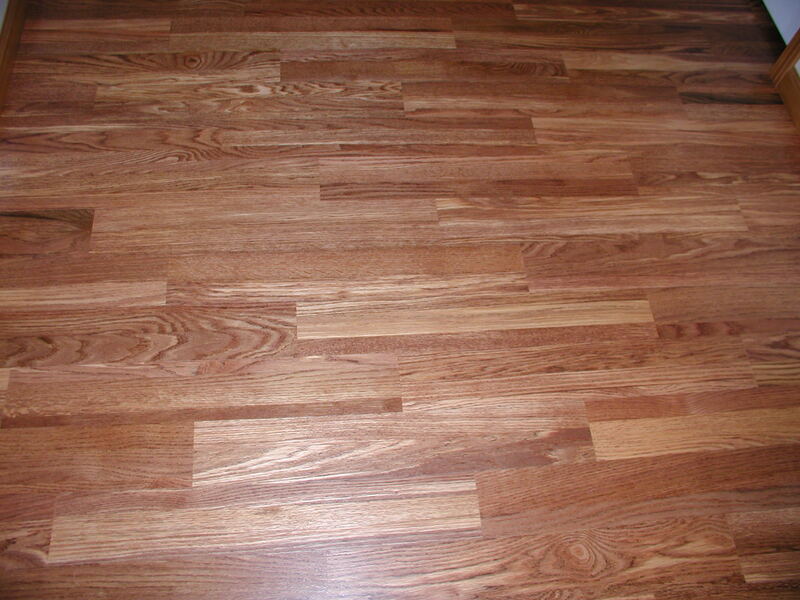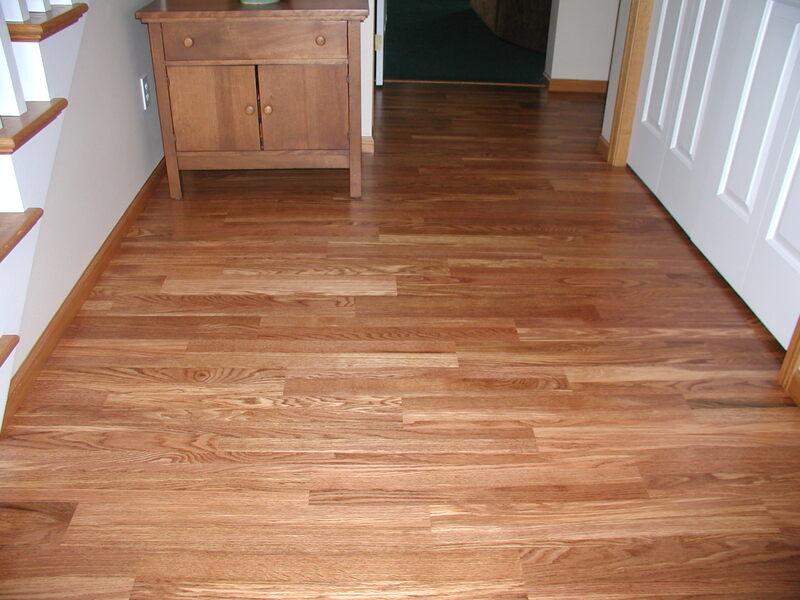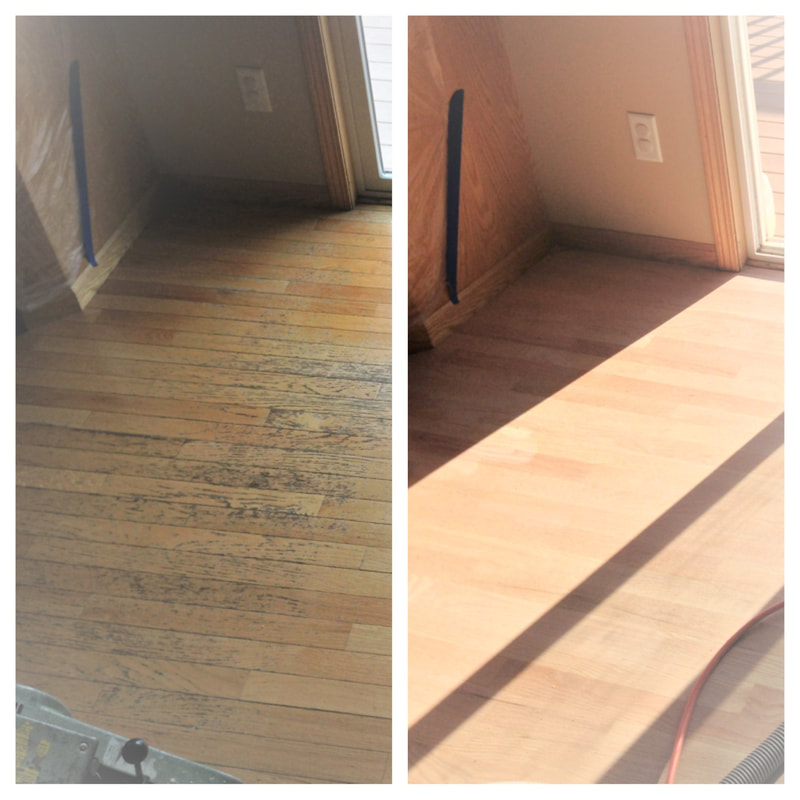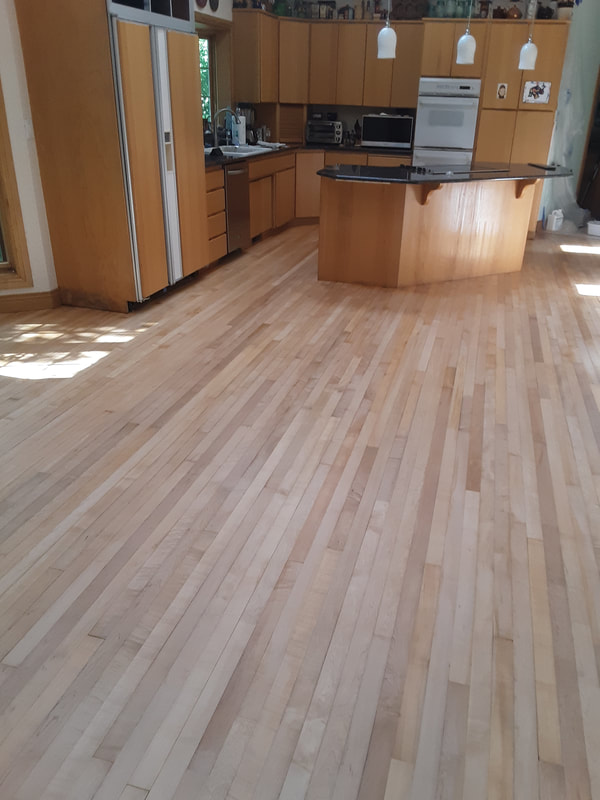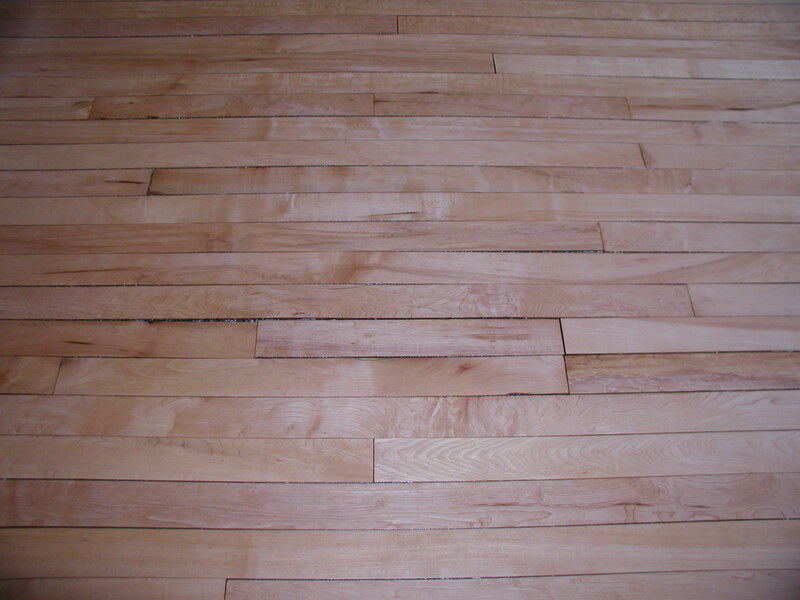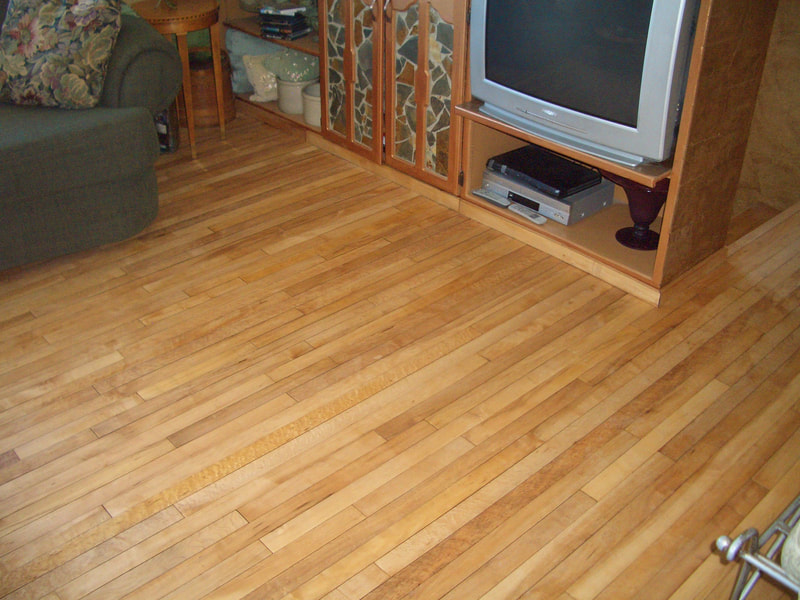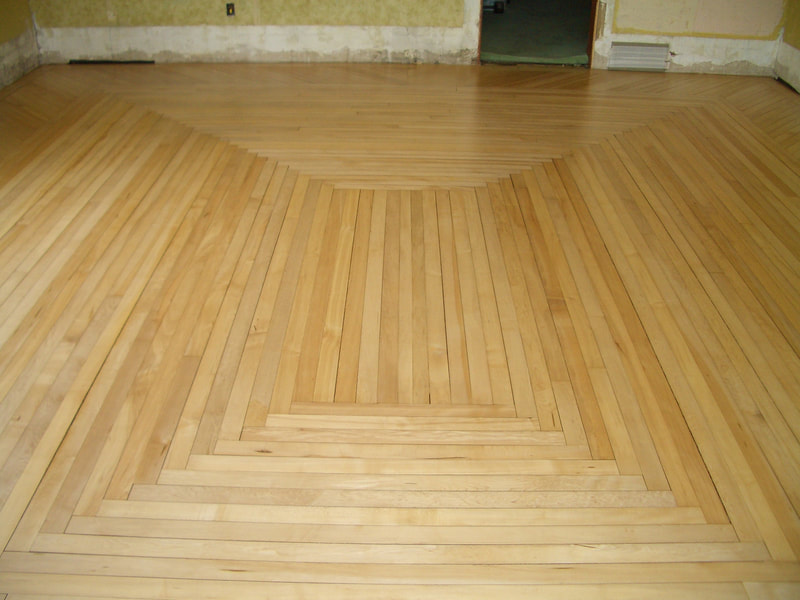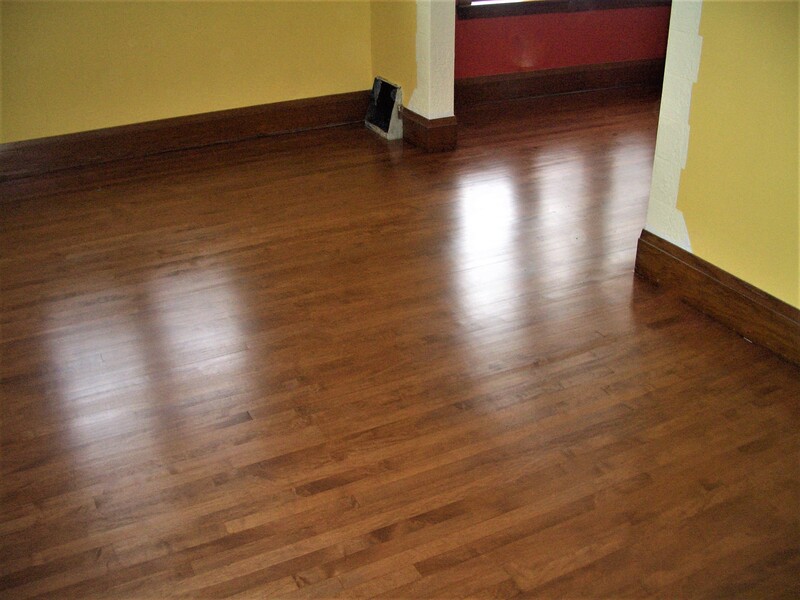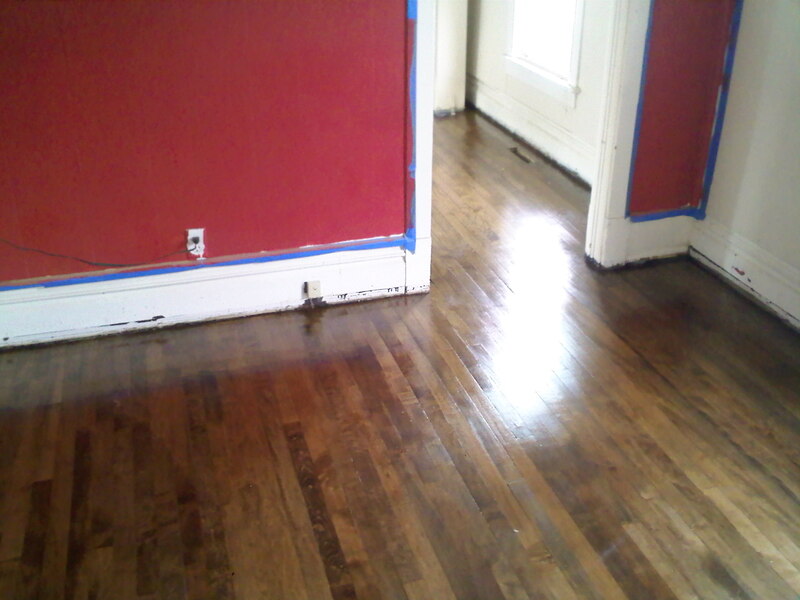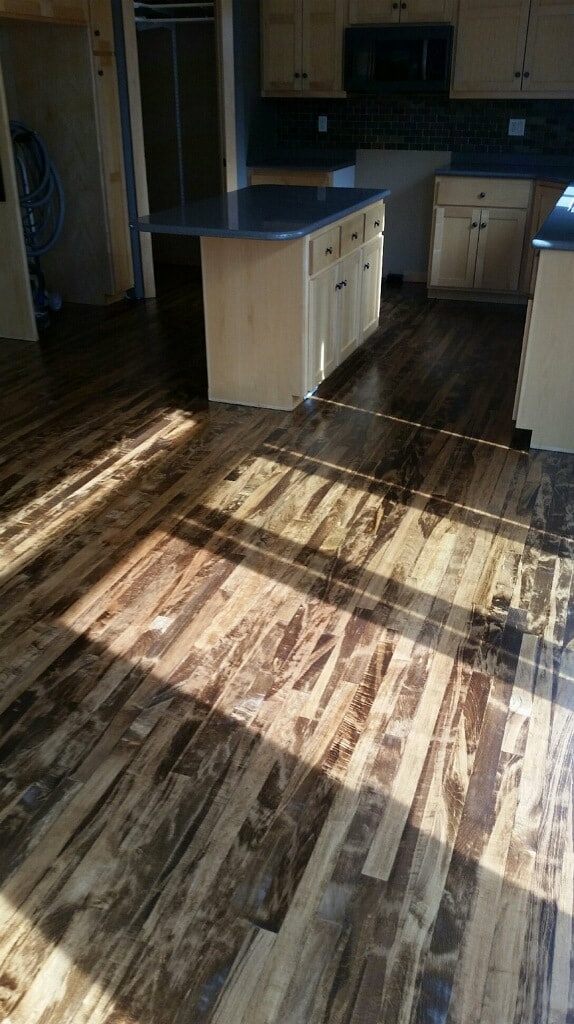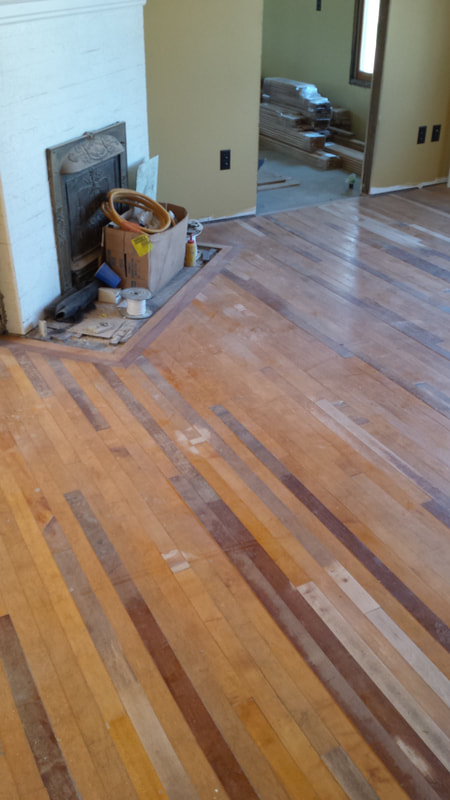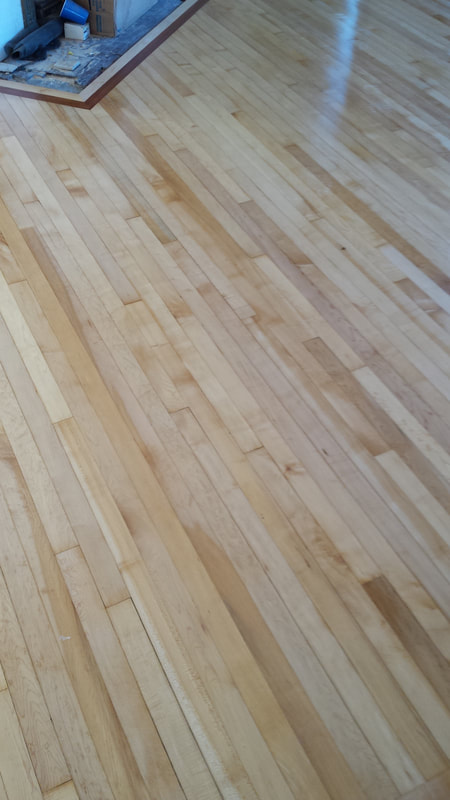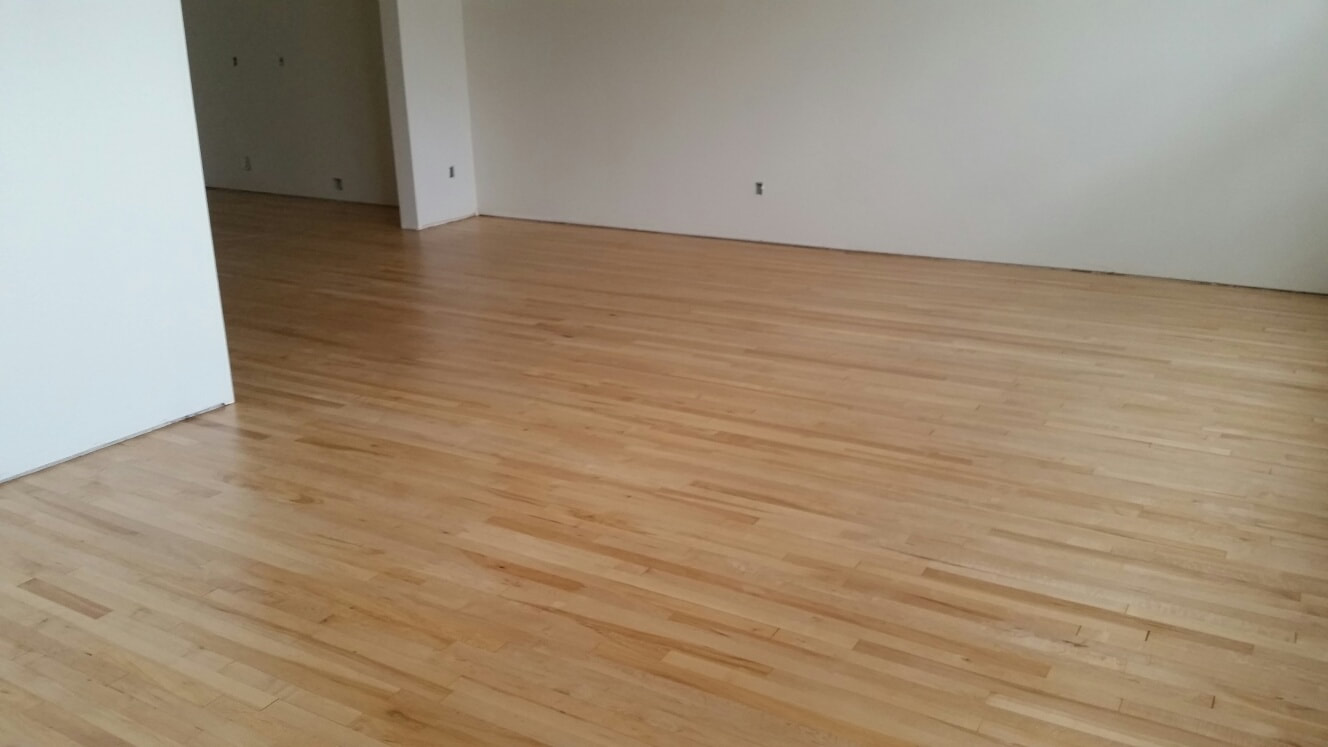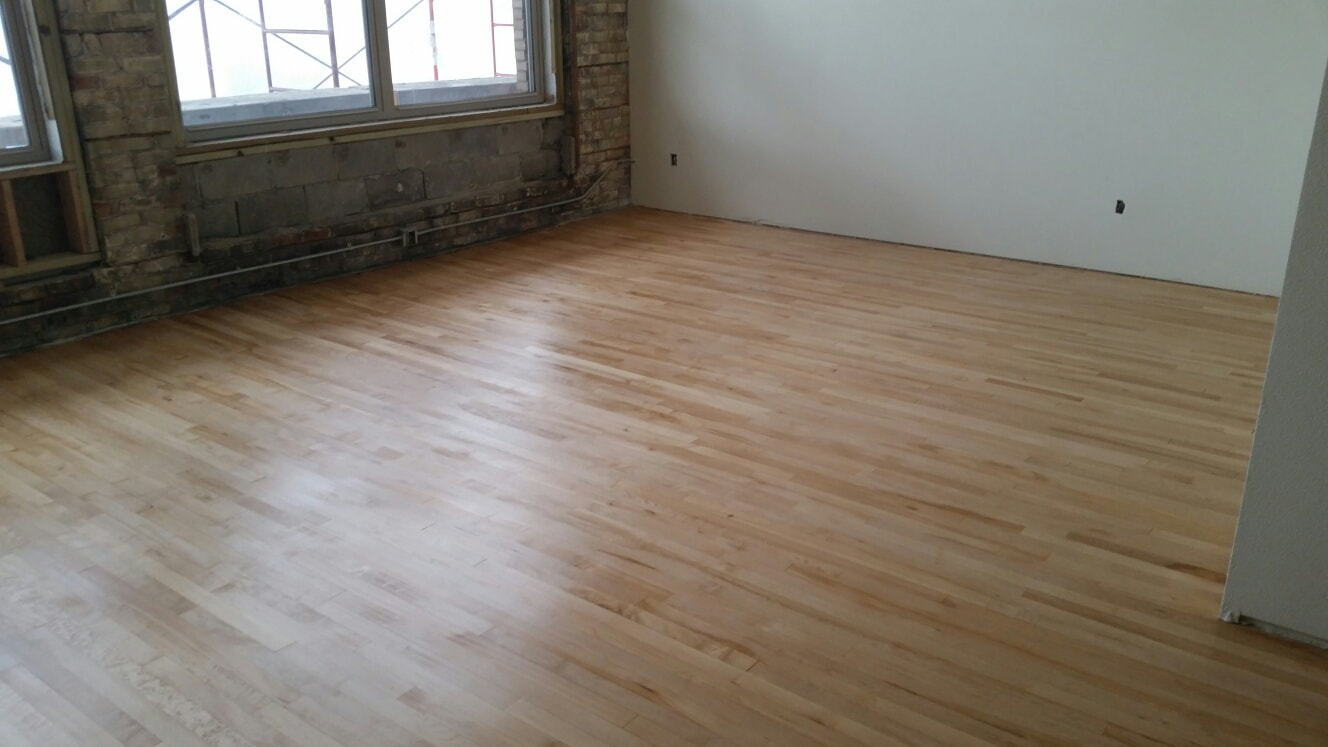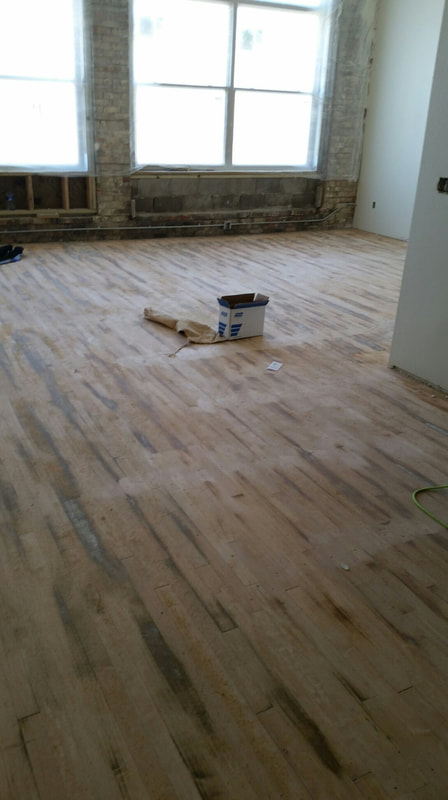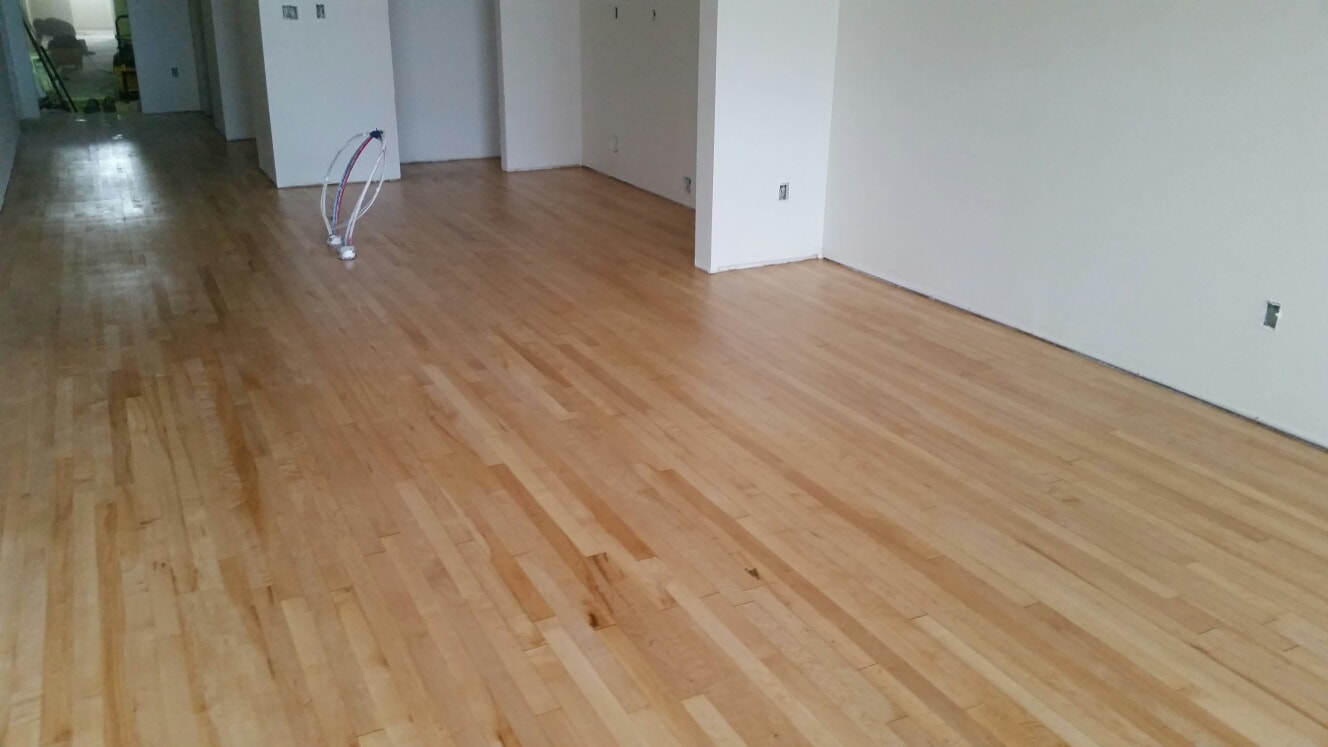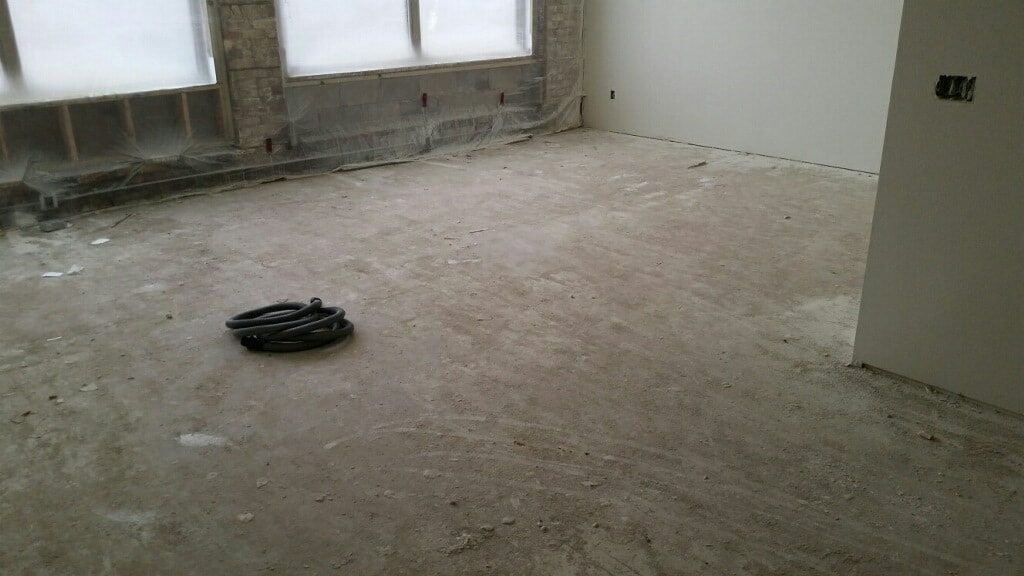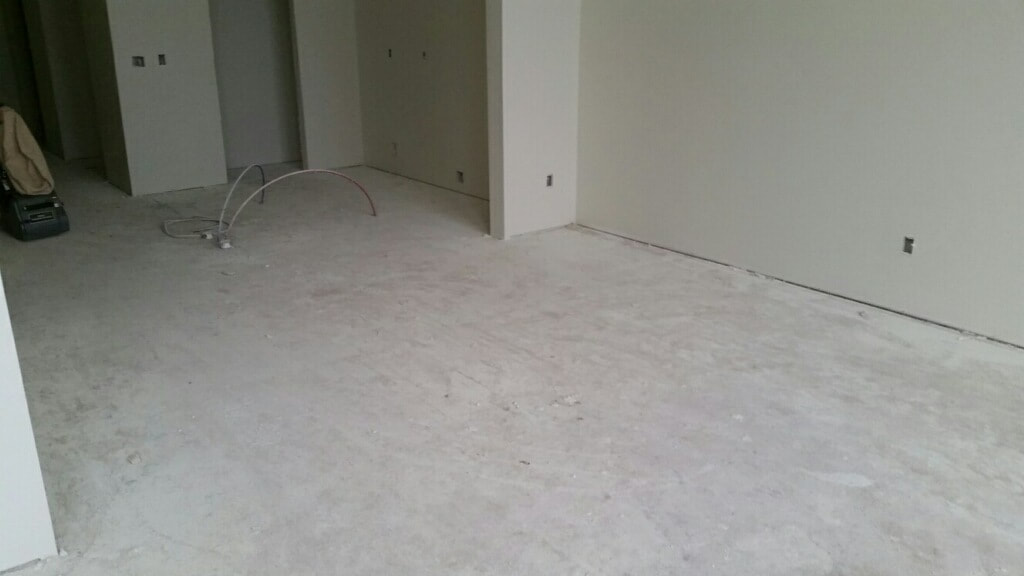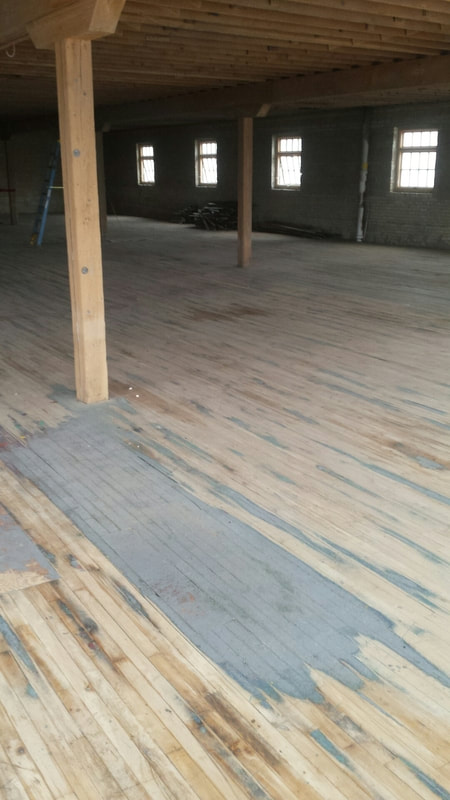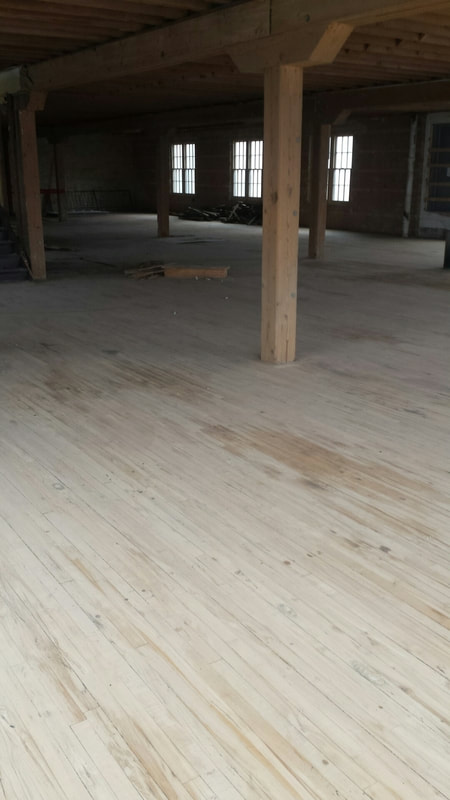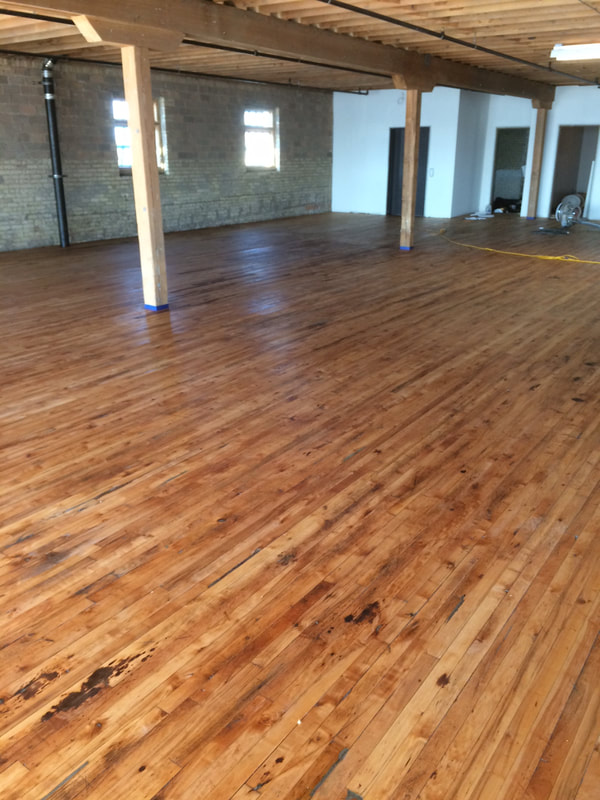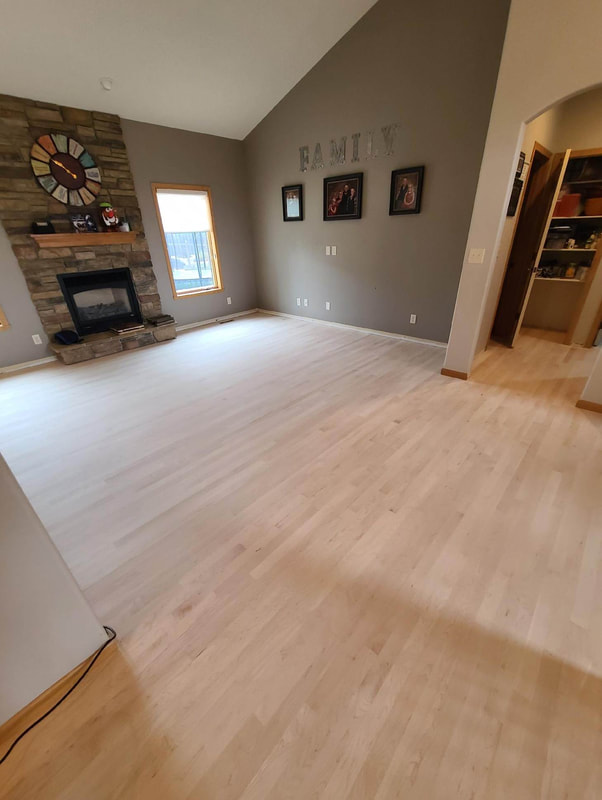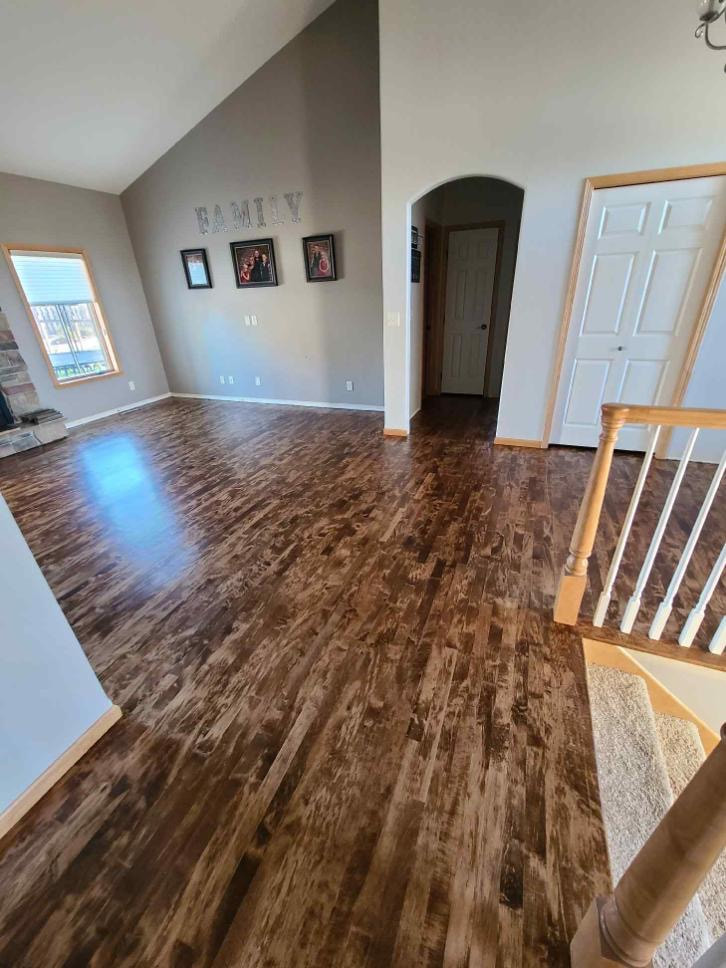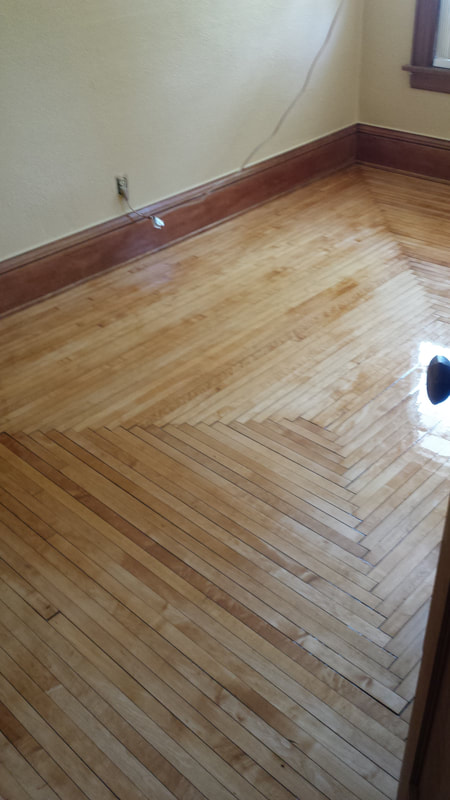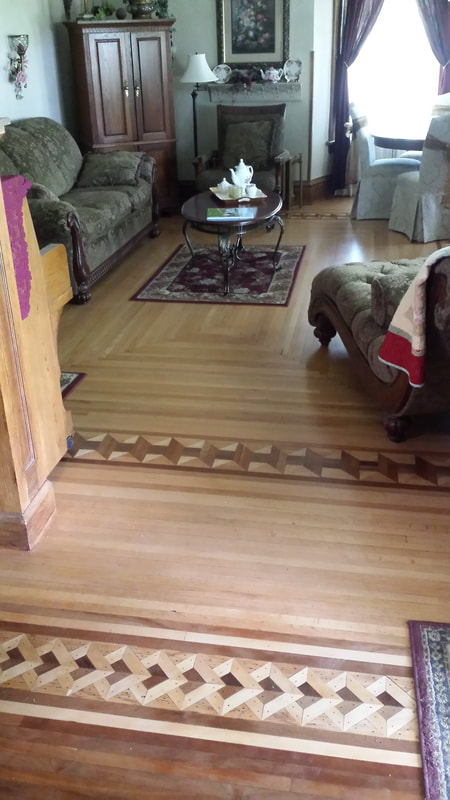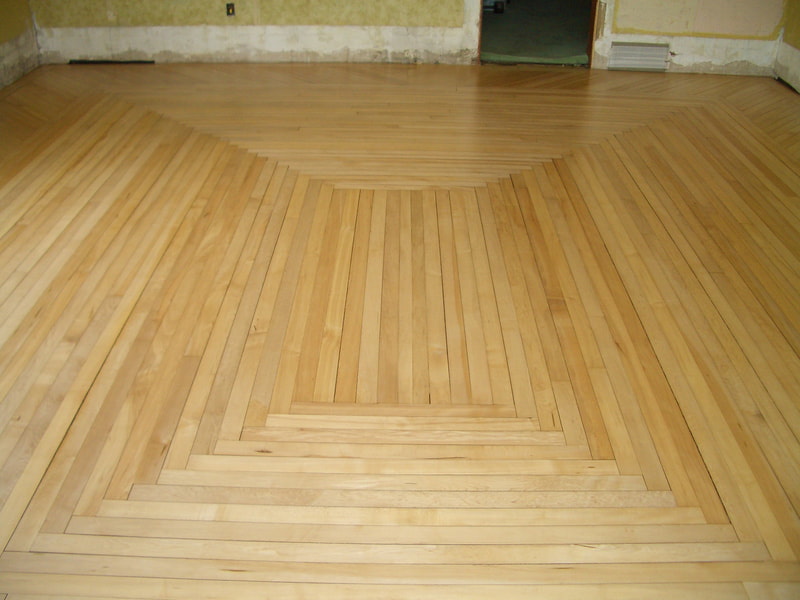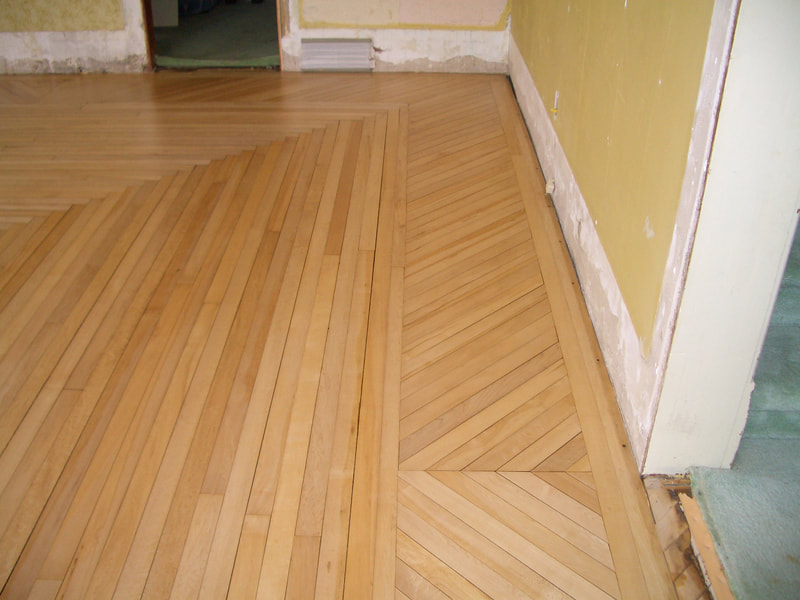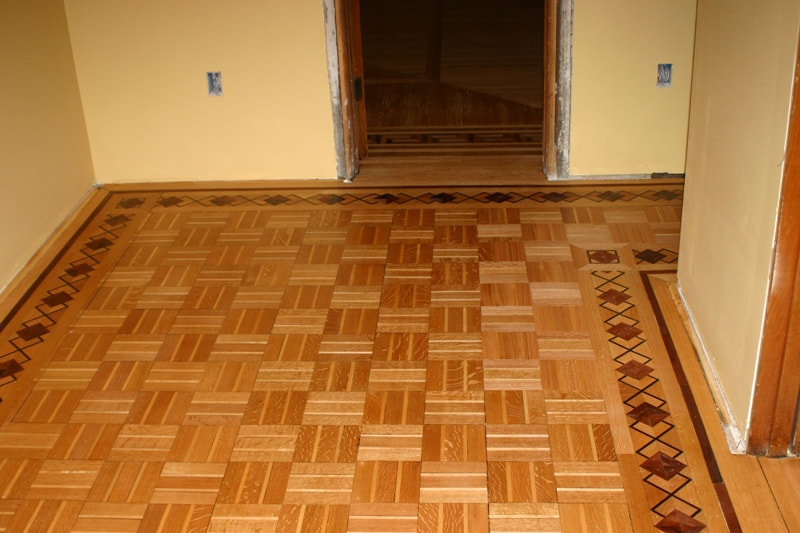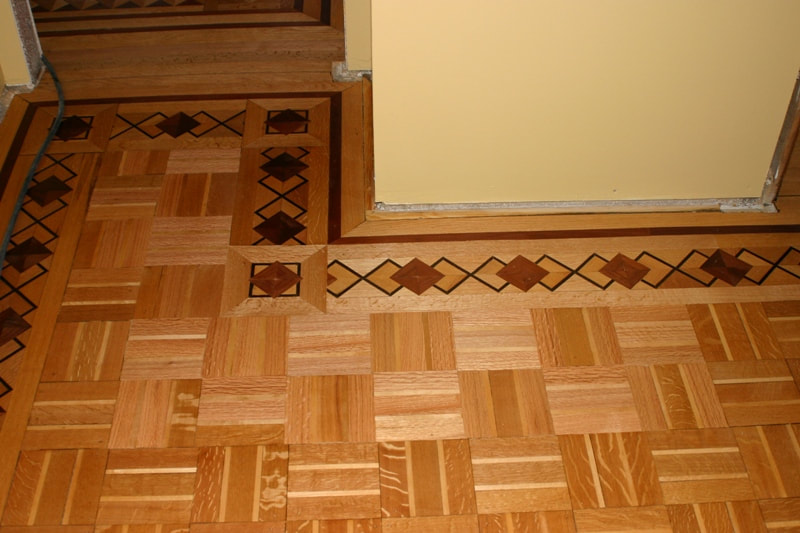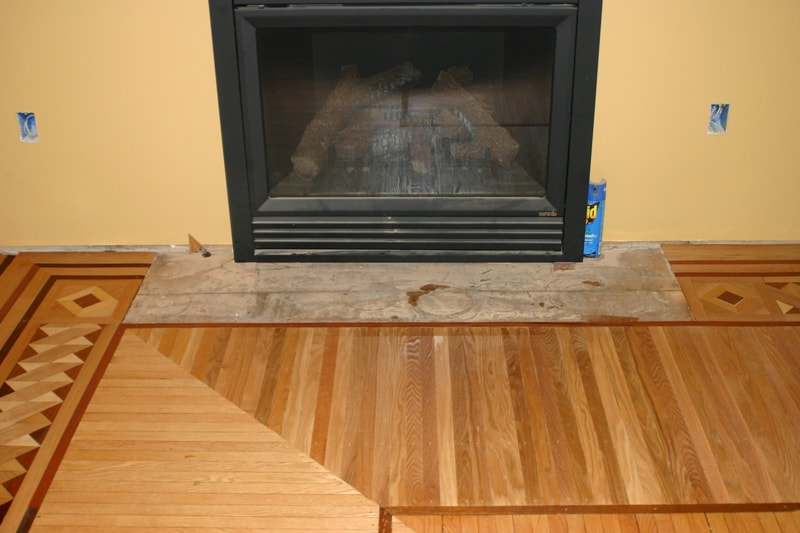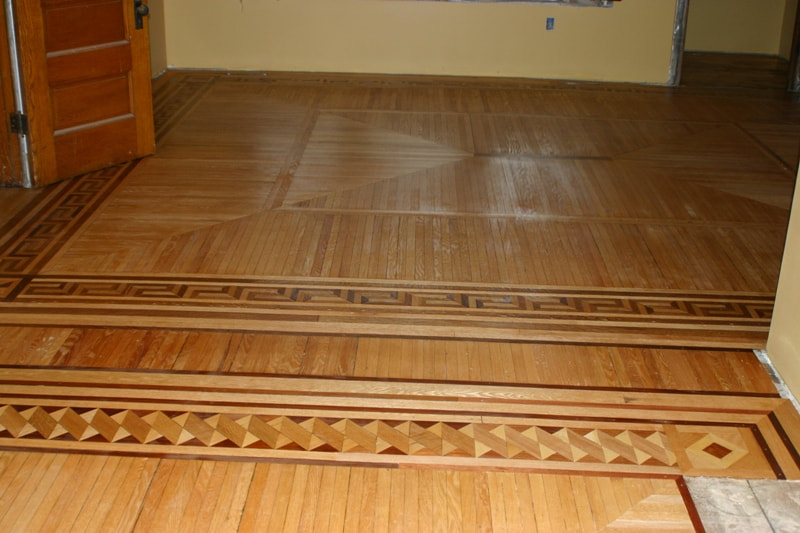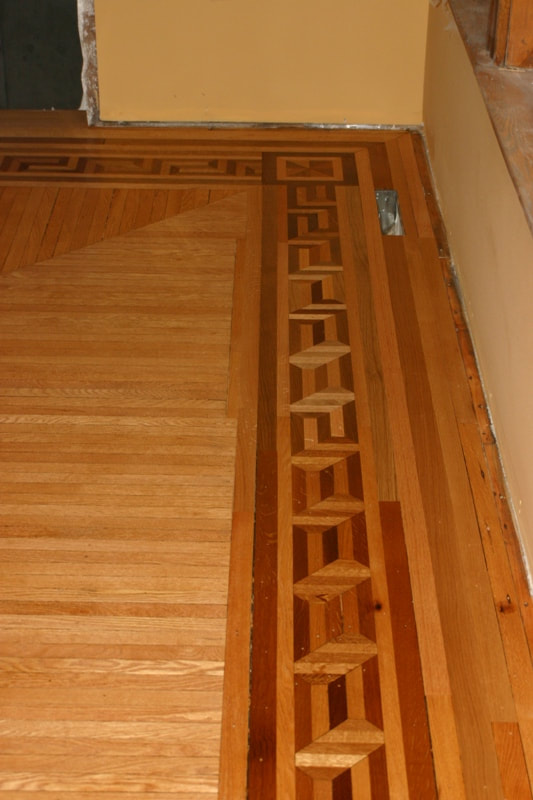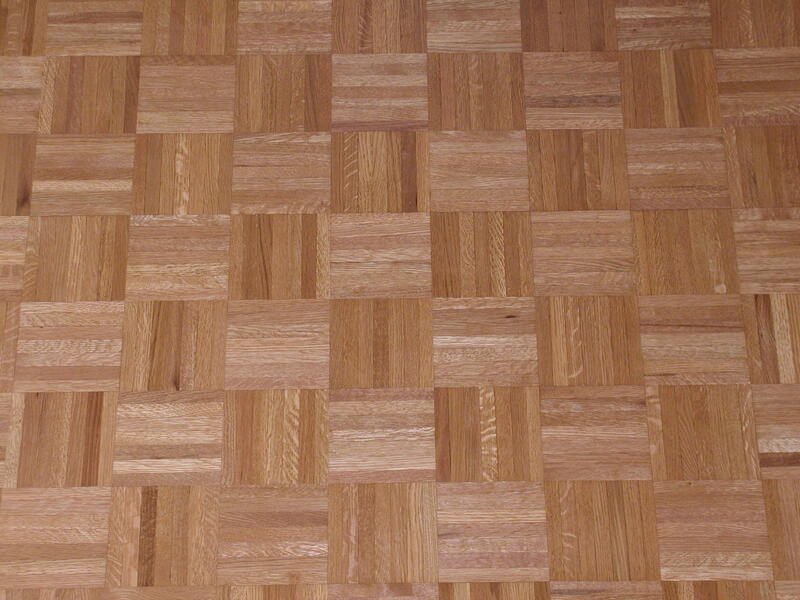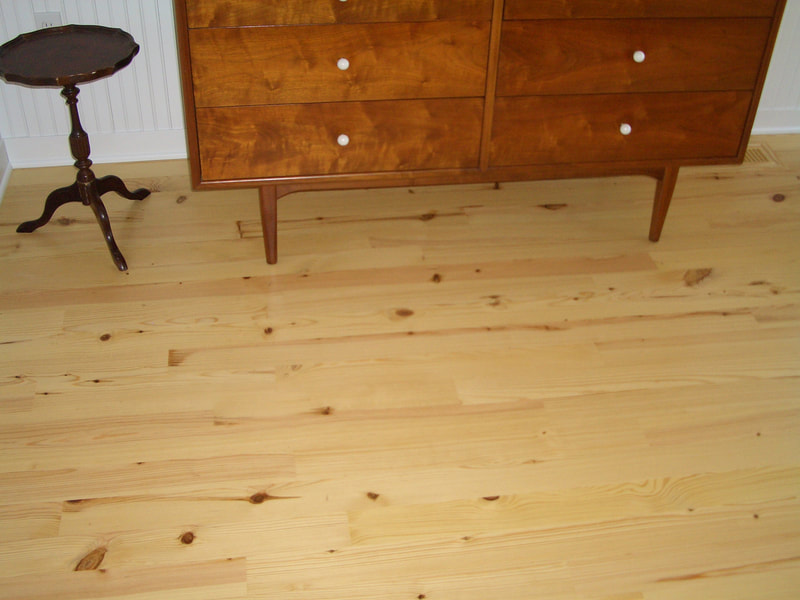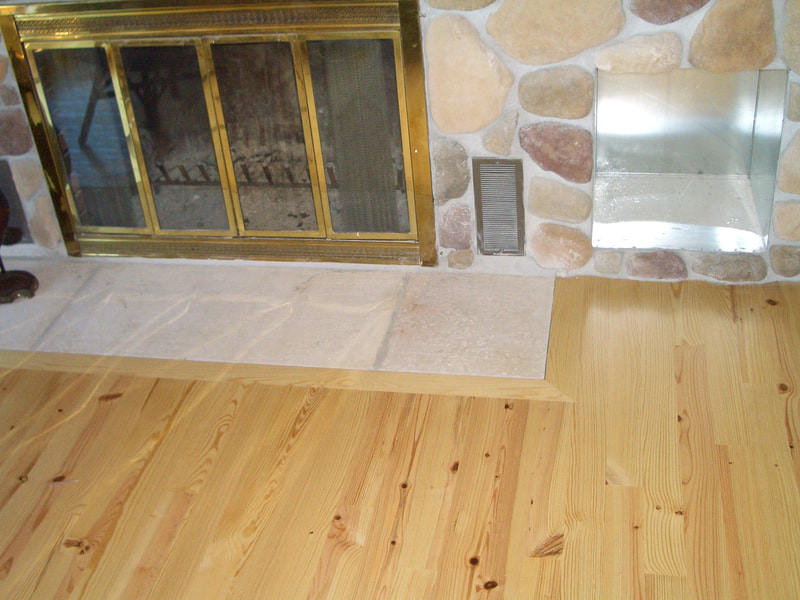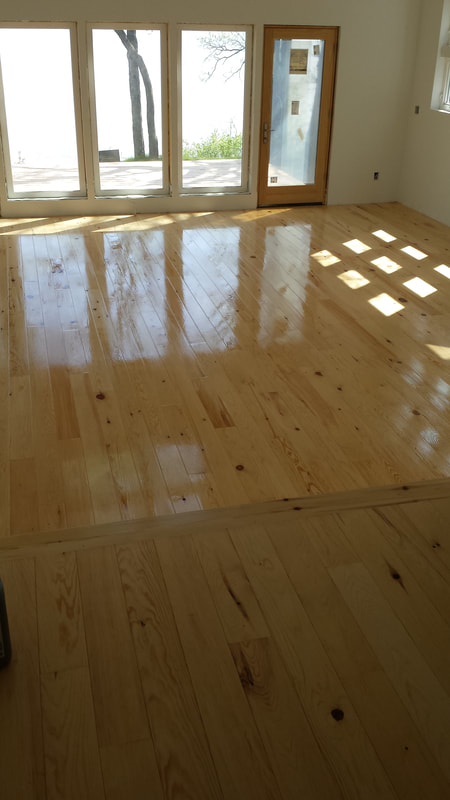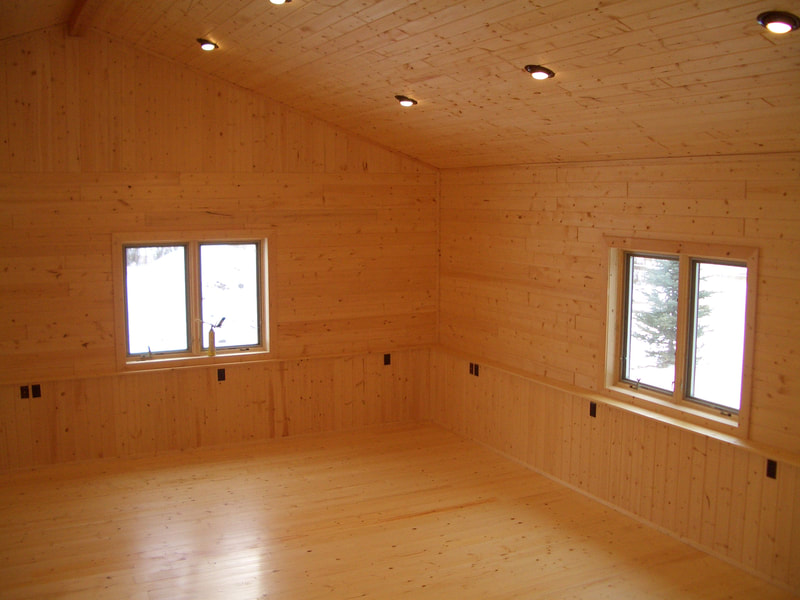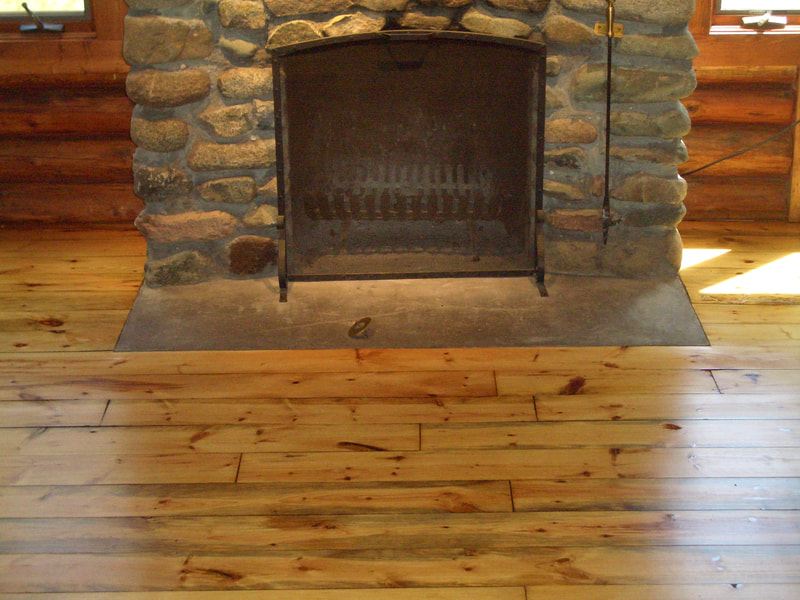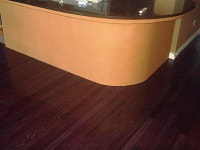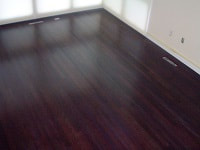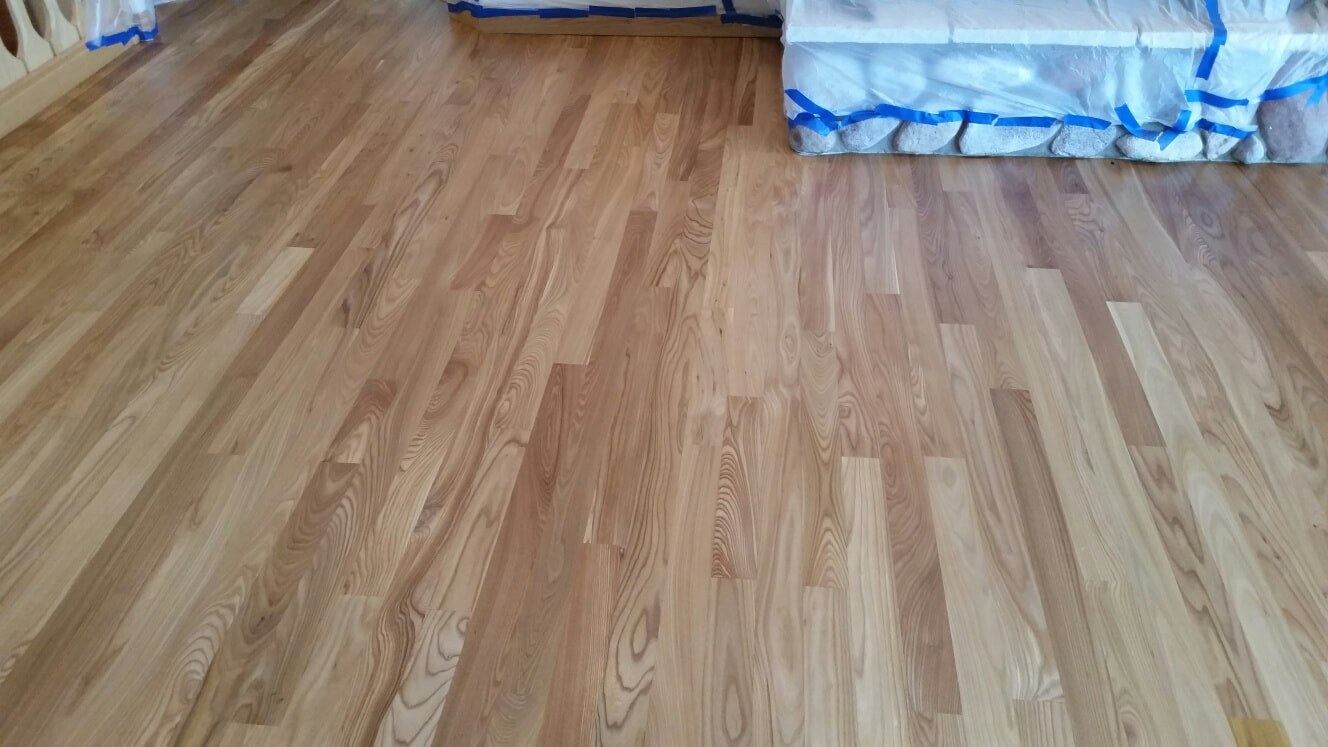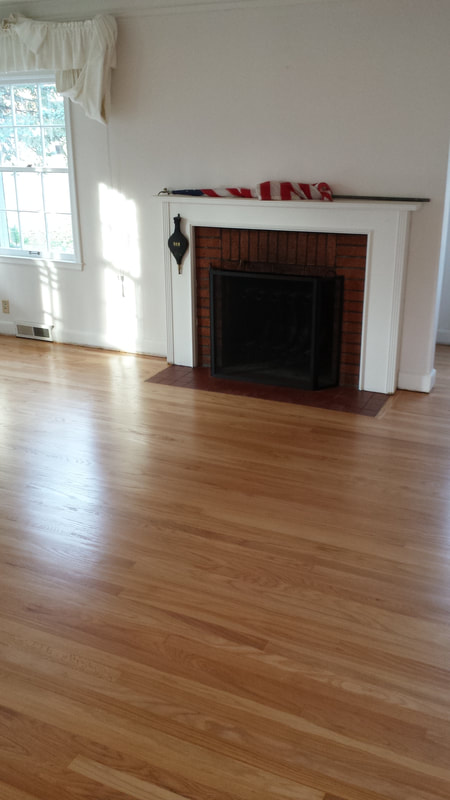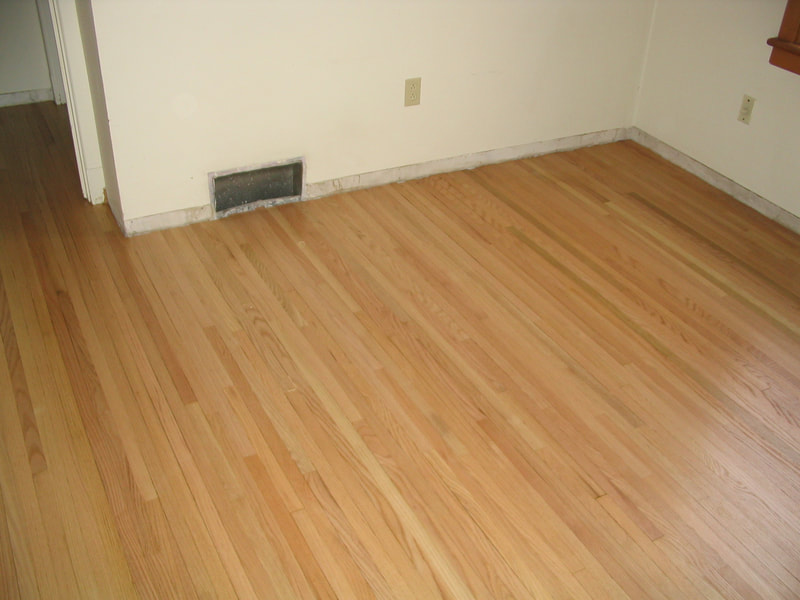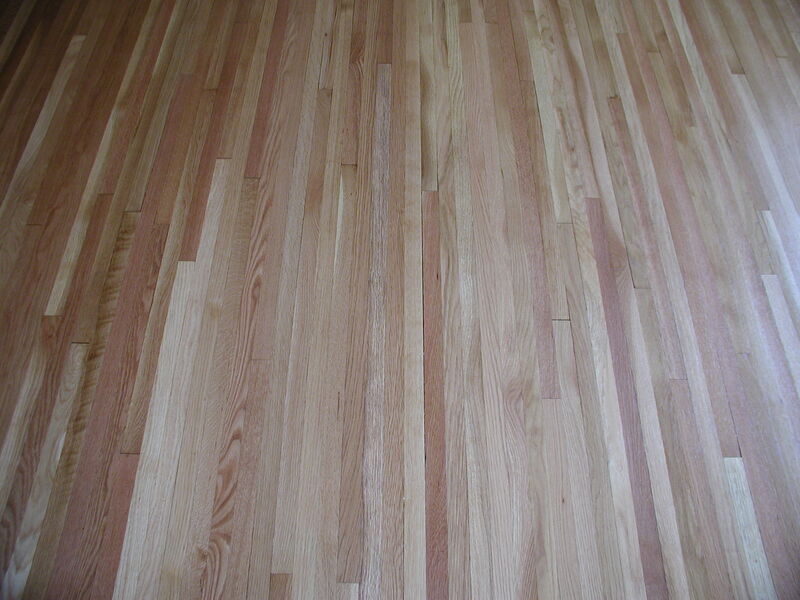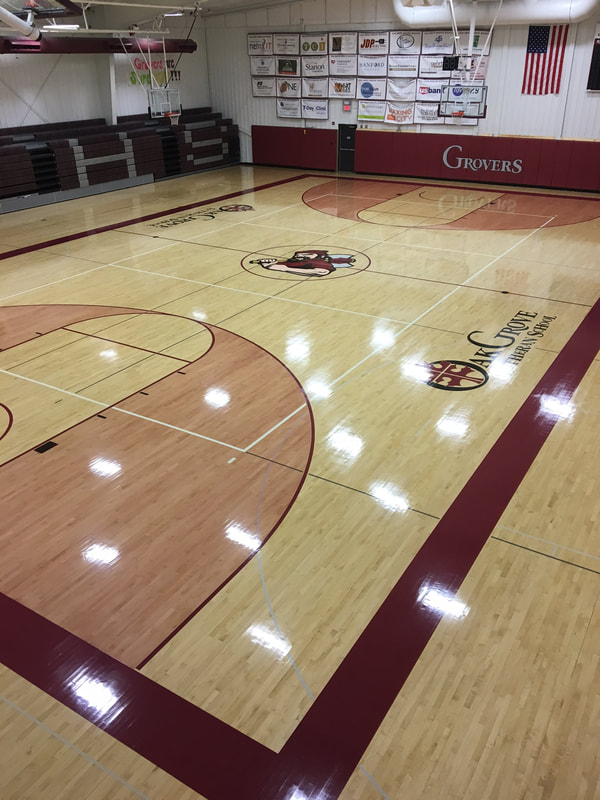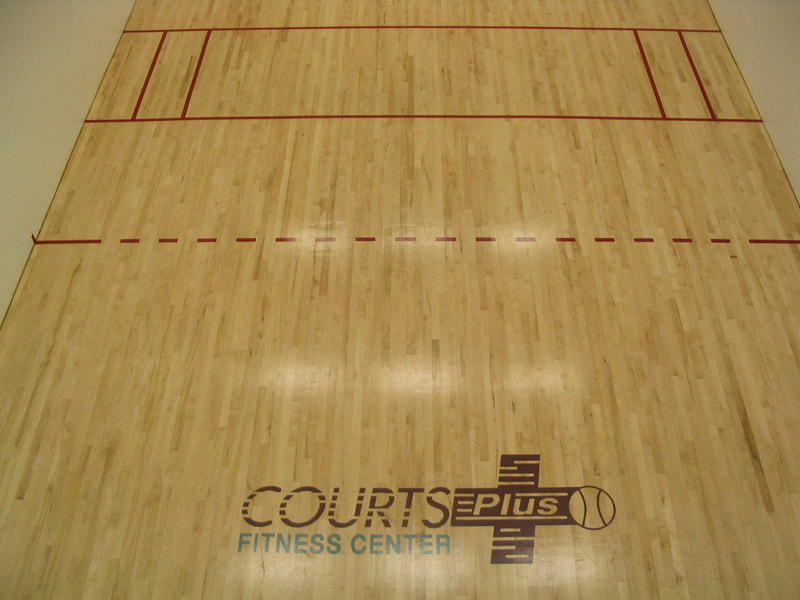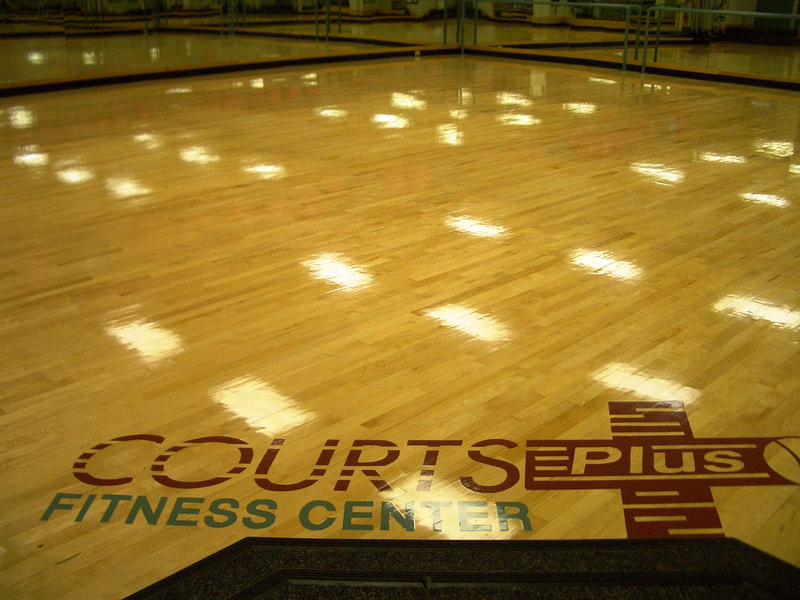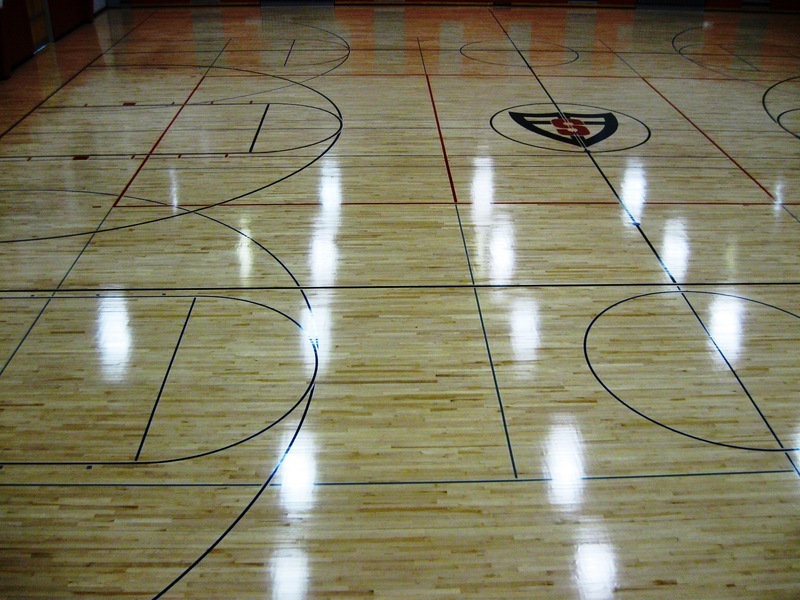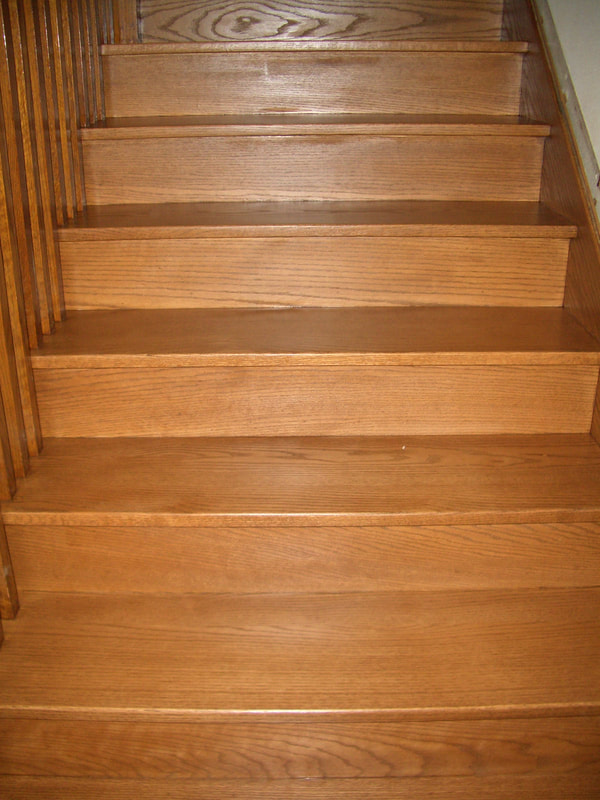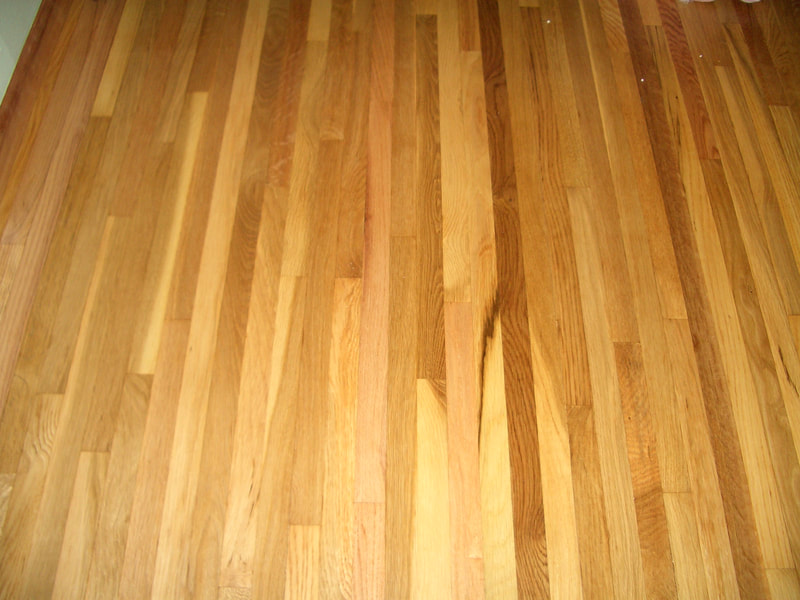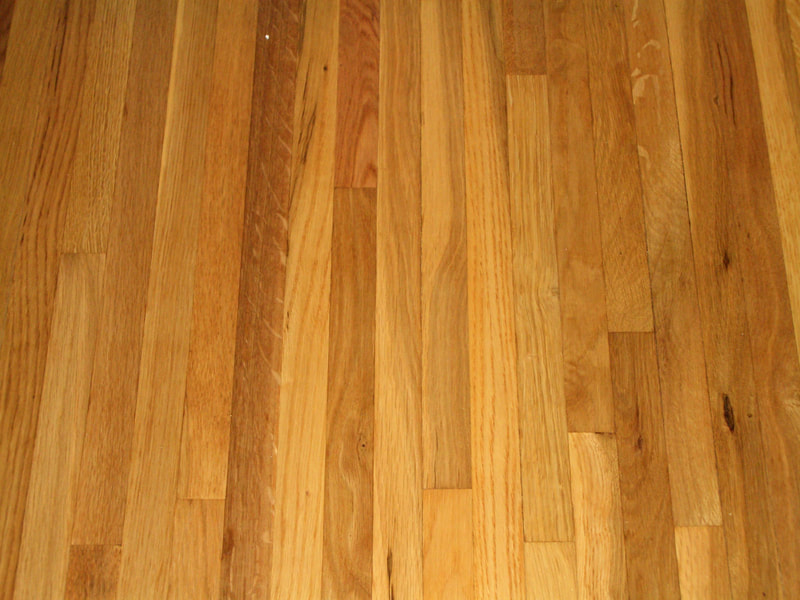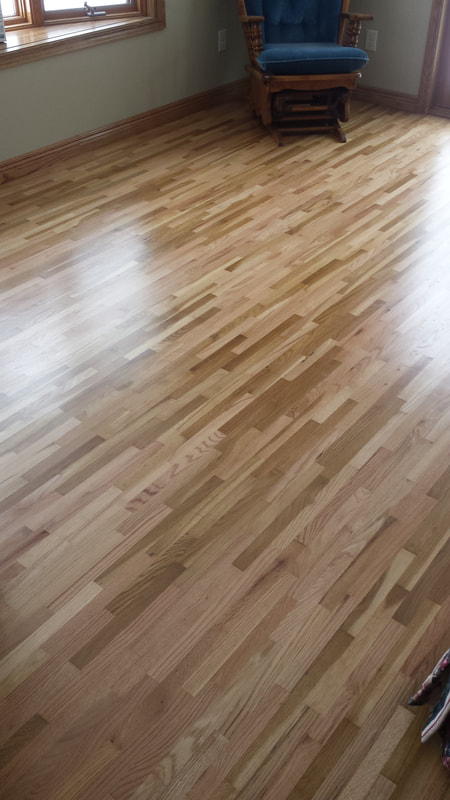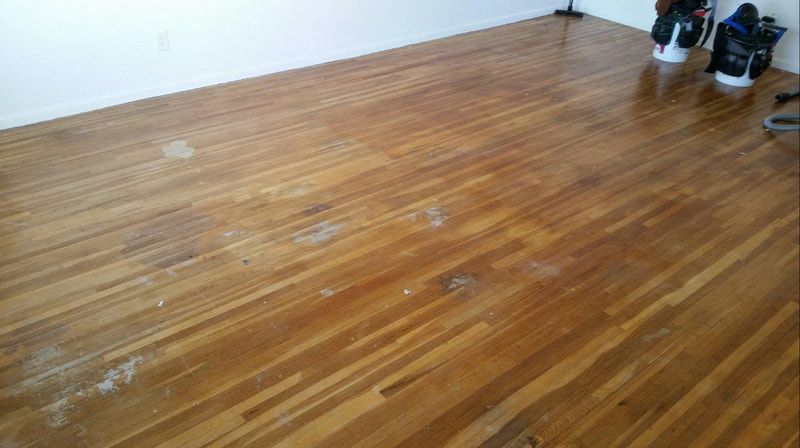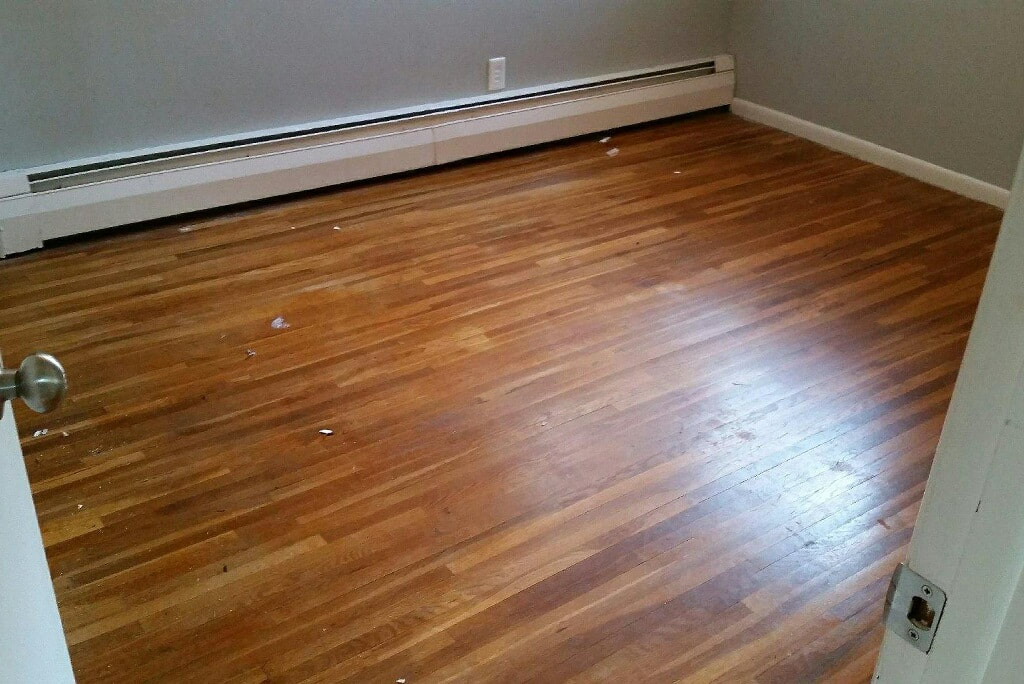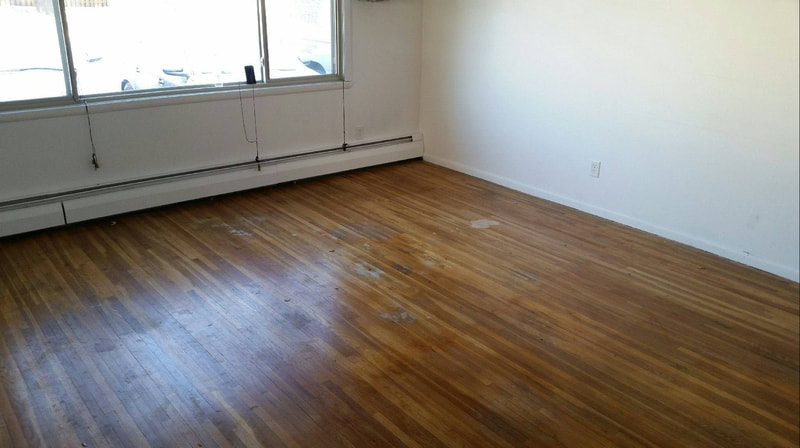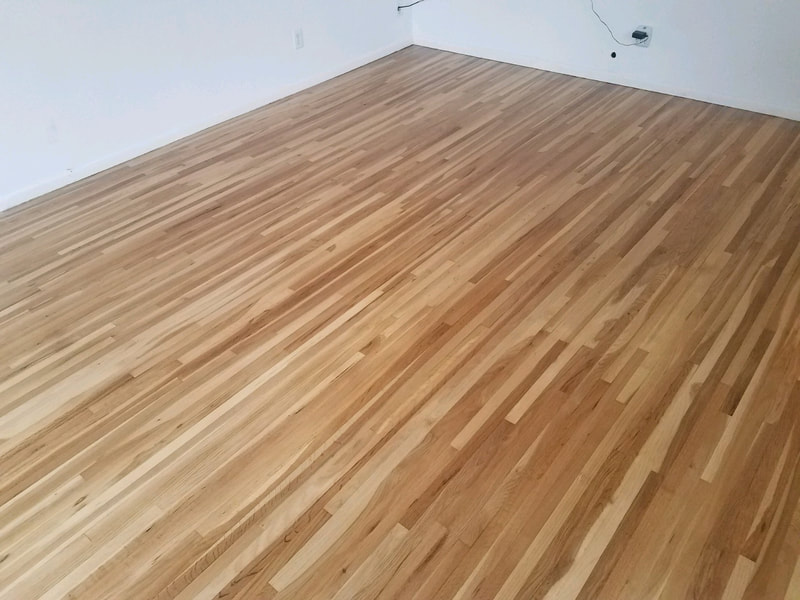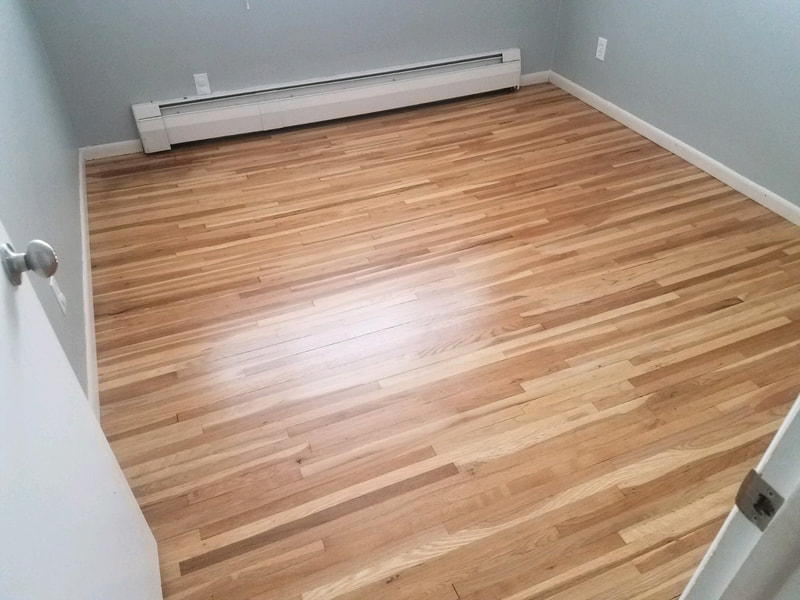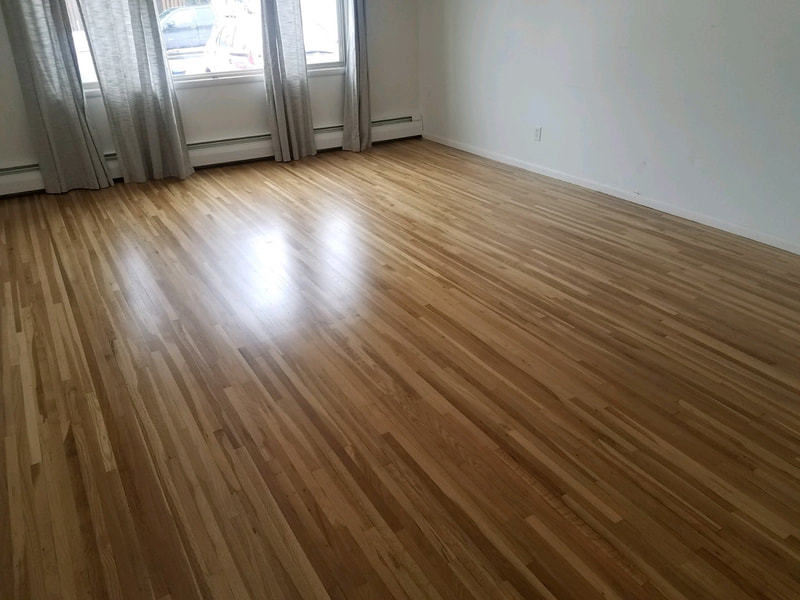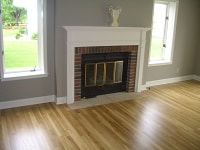Sanding and Refinishing Hardwood Floors
REFINISHING YOUR FLOORS
Makeovers are easy with a pro.
When your floors start to look a little dull, a maintenance coat may be the solution. A maintenance coat involves cleaning the existing floor finish, then lightly sanding it, and application of a fresh new coat of wood floor finish. When a new coat of finish doesn’t meet the needs of the floor, a resand may be in order.
It’s easy to transform the look of your wood floors through the process of sanding and refinishing. You’ll want a certified wood flooring professional who has the knowledge and skills to do the job right, though. The NWFA is dedicated to educating wood flooring professionals in the installation, sanding, finishing, inspection, and sales of wood flooring products.
A complete sand and refinish is recommended when there is damage to the wood floor like deep scratches, dents, and other flooring damage. It is also recommended when the finish has worn away, and the bare wood is exposed. Sanding a floor back to raw wood is the perfect opportunity to change the color of the floor.
The number of times a floor can be sanded varies depending on a variety of factors including the skill of the contractor, the equipment used, the thickness of the wear layer, the flatness of the floor and the condition of the floor.
Makeovers are easy with a pro.
When your floors start to look a little dull, a maintenance coat may be the solution. A maintenance coat involves cleaning the existing floor finish, then lightly sanding it, and application of a fresh new coat of wood floor finish. When a new coat of finish doesn’t meet the needs of the floor, a resand may be in order.
It’s easy to transform the look of your wood floors through the process of sanding and refinishing. You’ll want a certified wood flooring professional who has the knowledge and skills to do the job right, though. The NWFA is dedicated to educating wood flooring professionals in the installation, sanding, finishing, inspection, and sales of wood flooring products.
A complete sand and refinish is recommended when there is damage to the wood floor like deep scratches, dents, and other flooring damage. It is also recommended when the finish has worn away, and the bare wood is exposed. Sanding a floor back to raw wood is the perfect opportunity to change the color of the floor.
The number of times a floor can be sanded varies depending on a variety of factors including the skill of the contractor, the equipment used, the thickness of the wear layer, the flatness of the floor and the condition of the floor.

